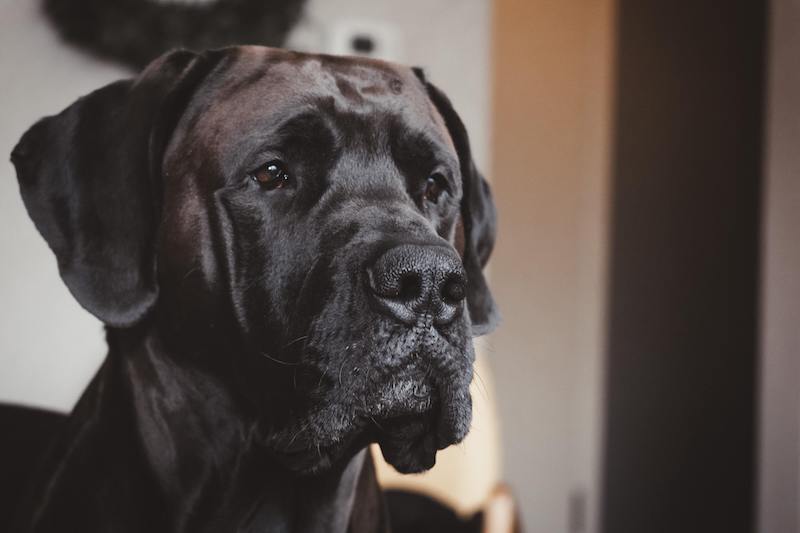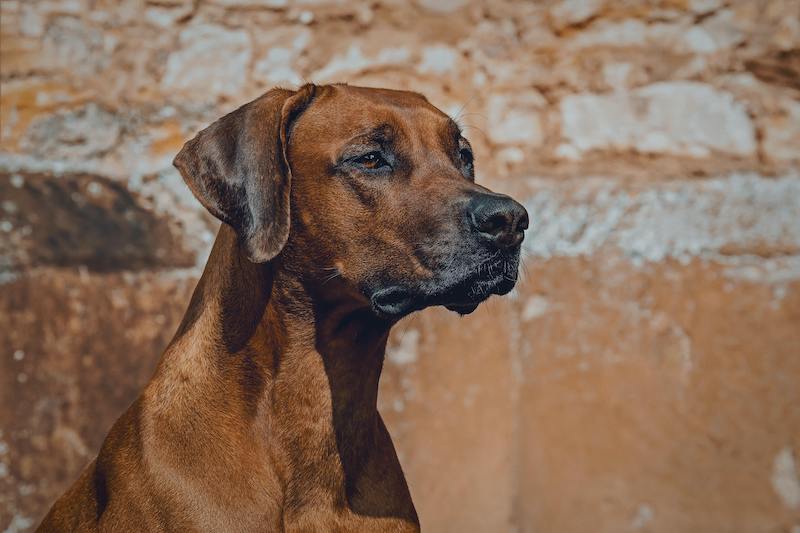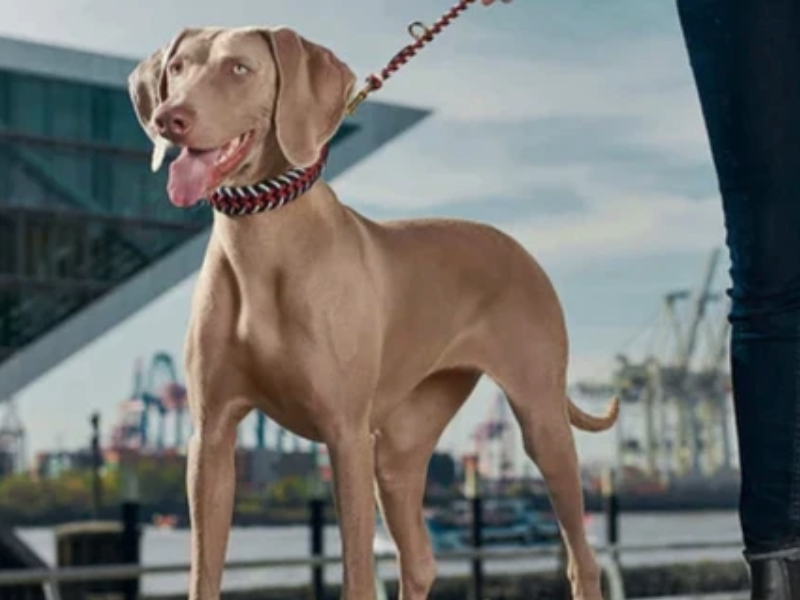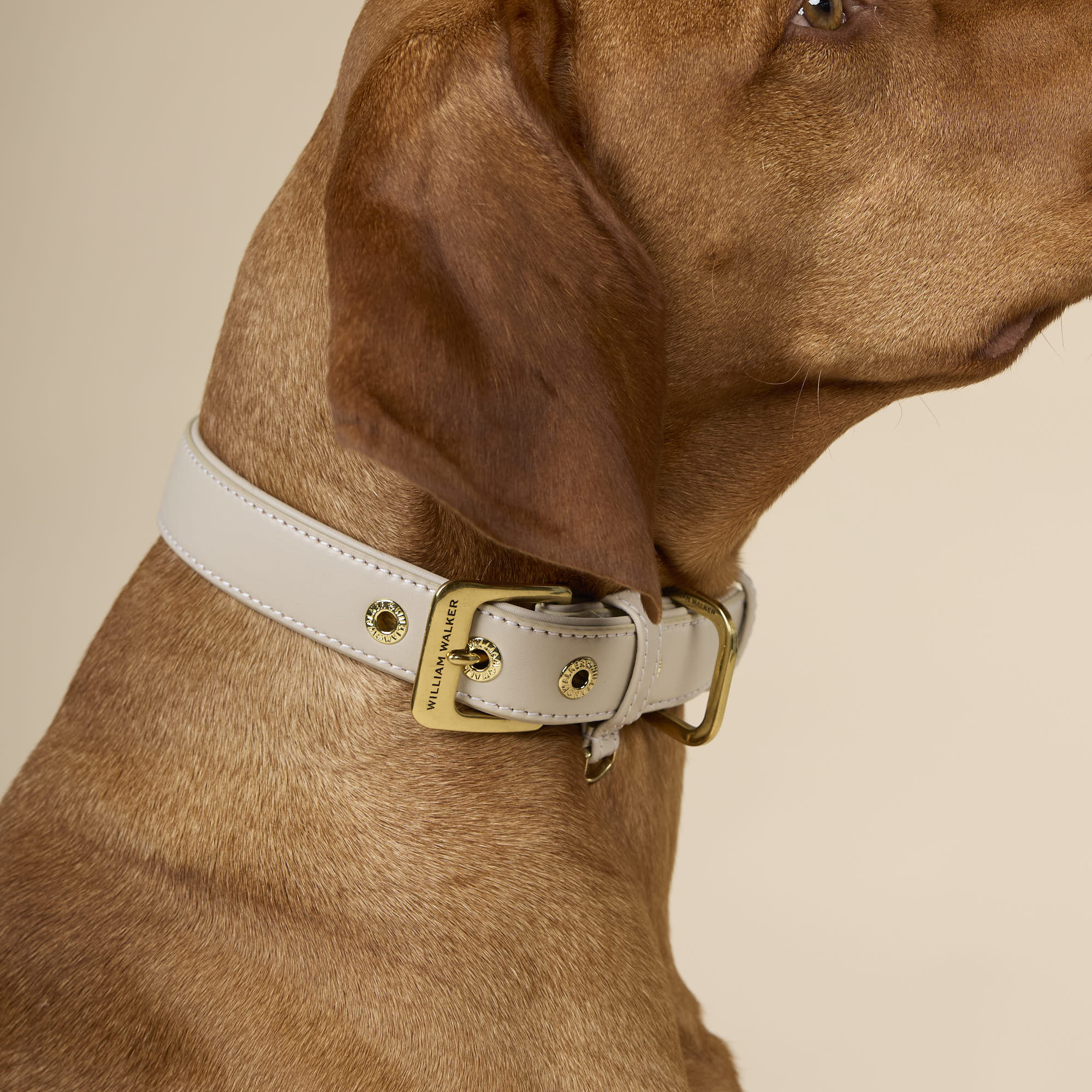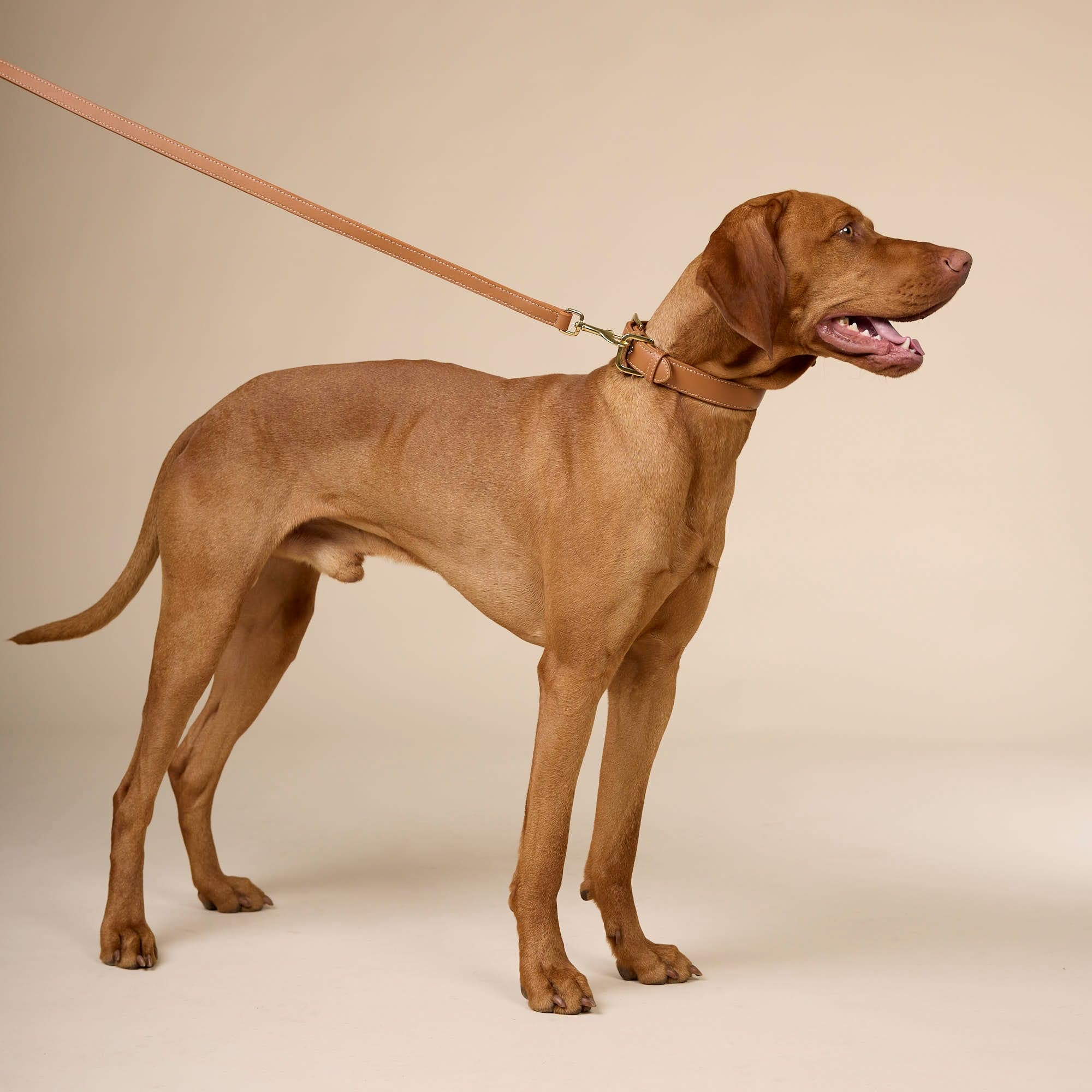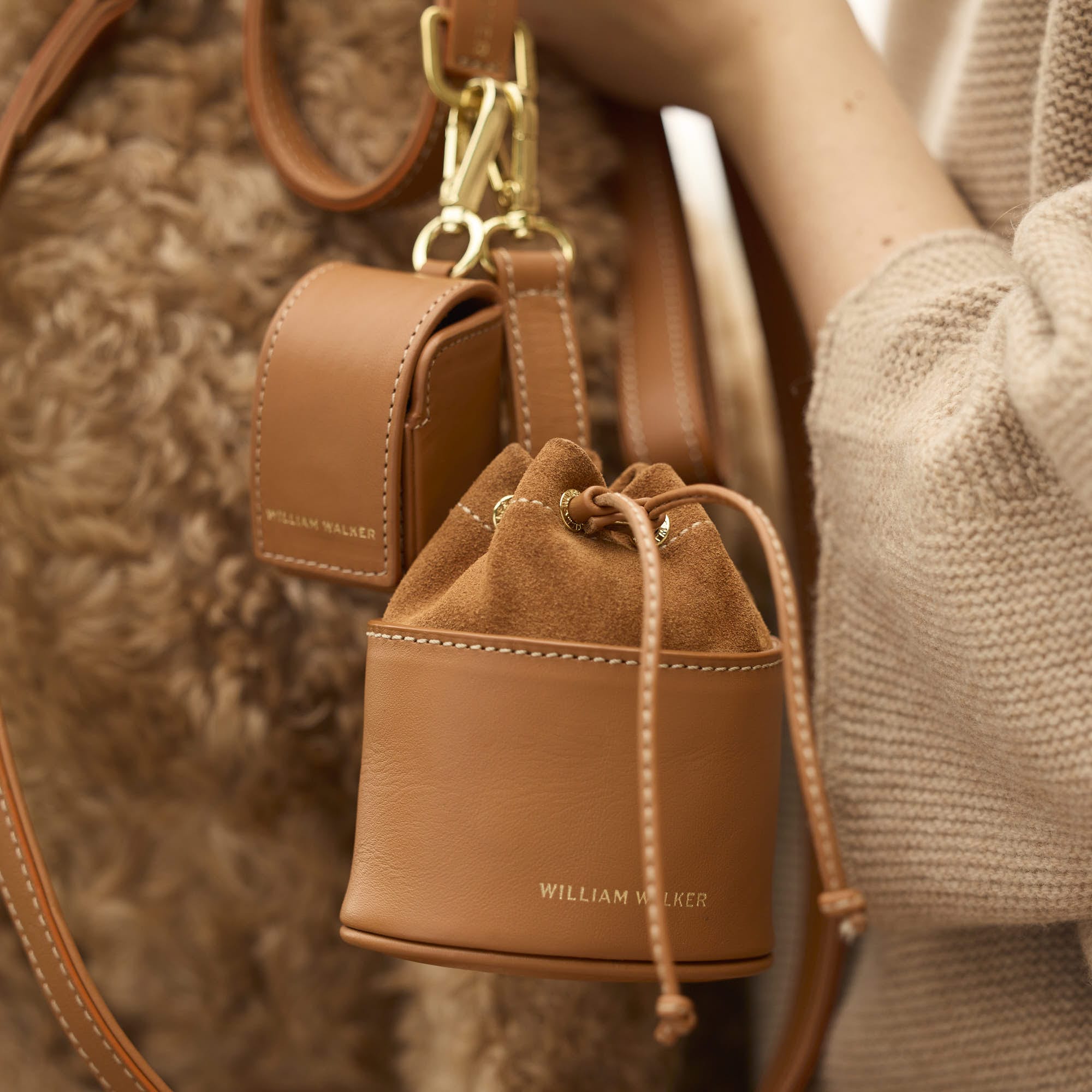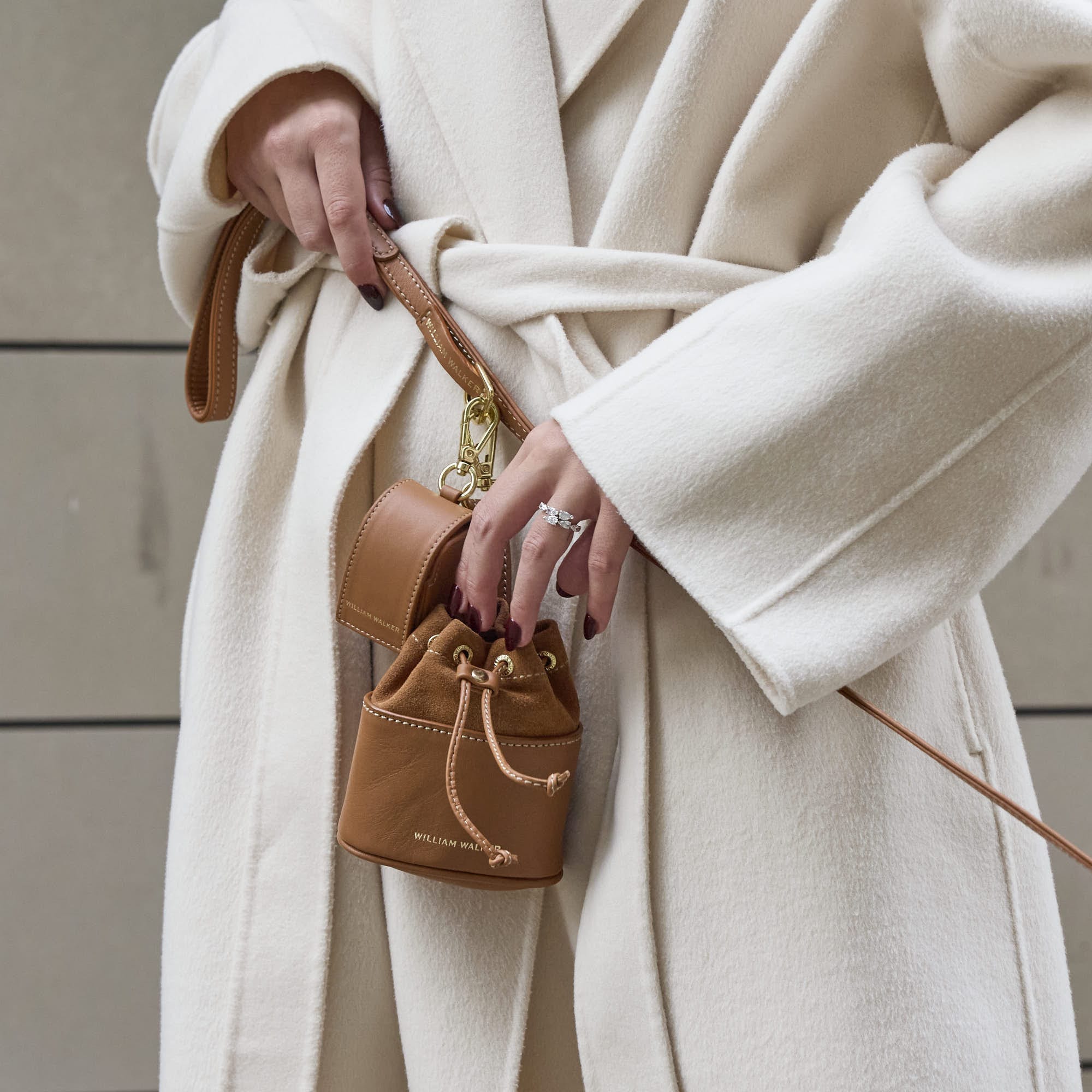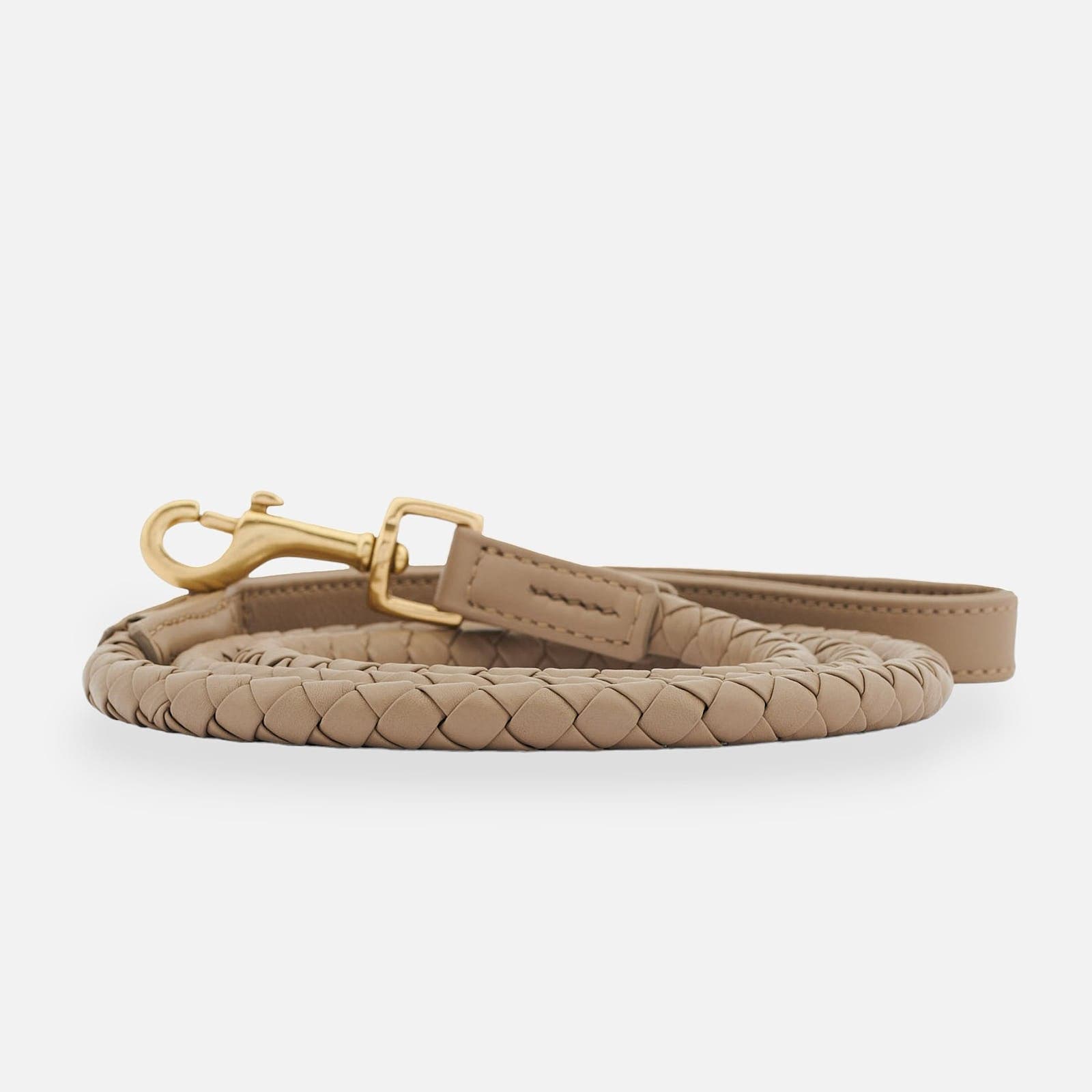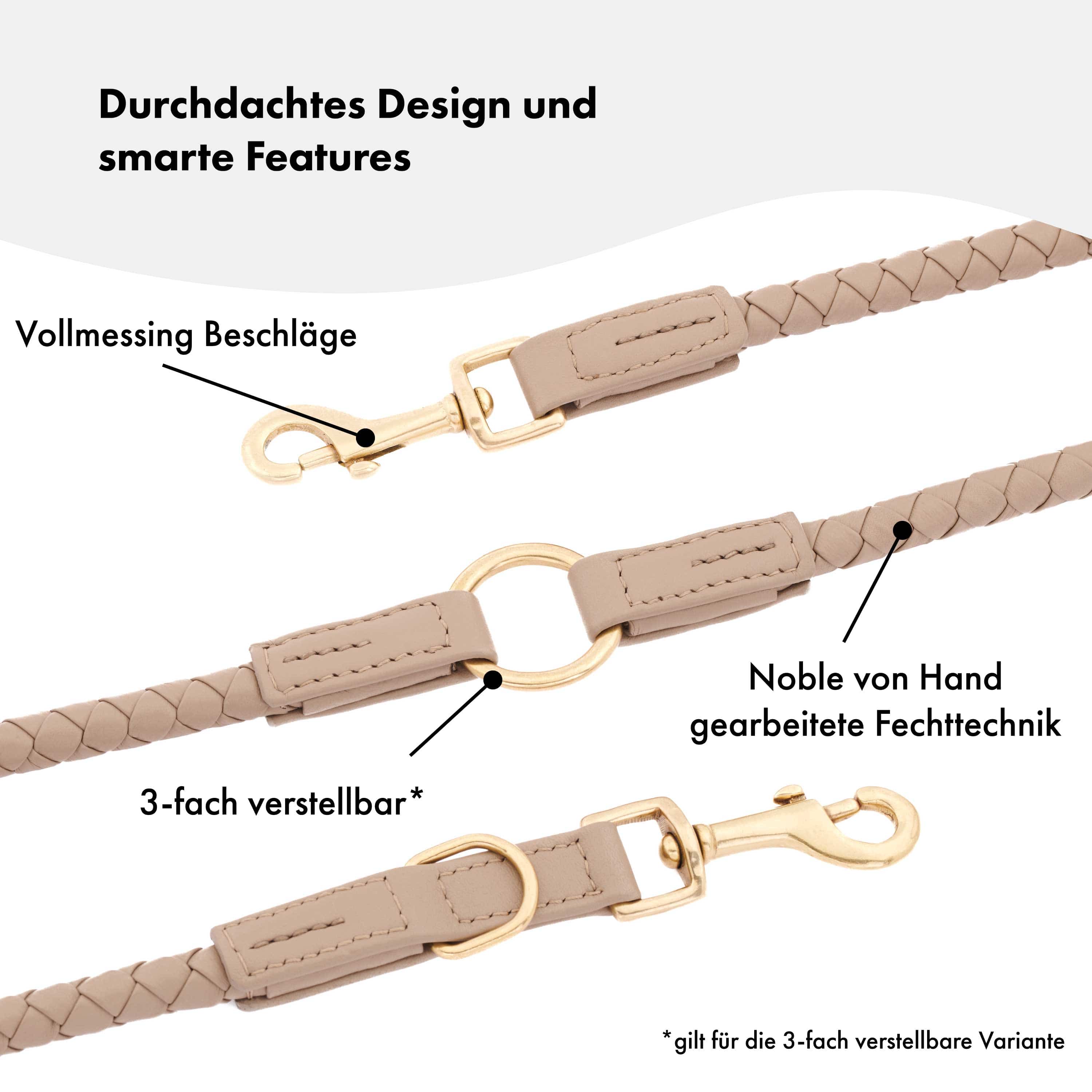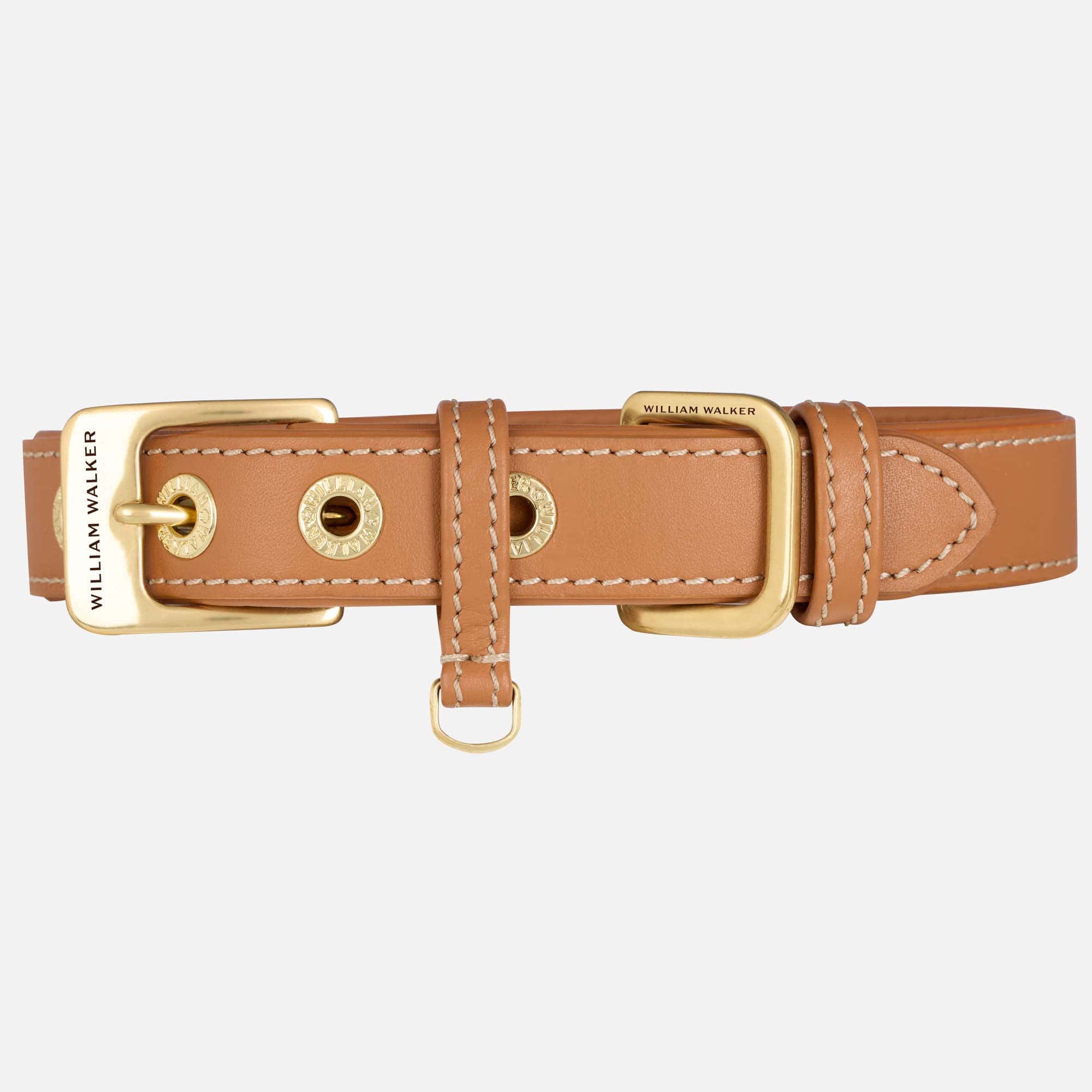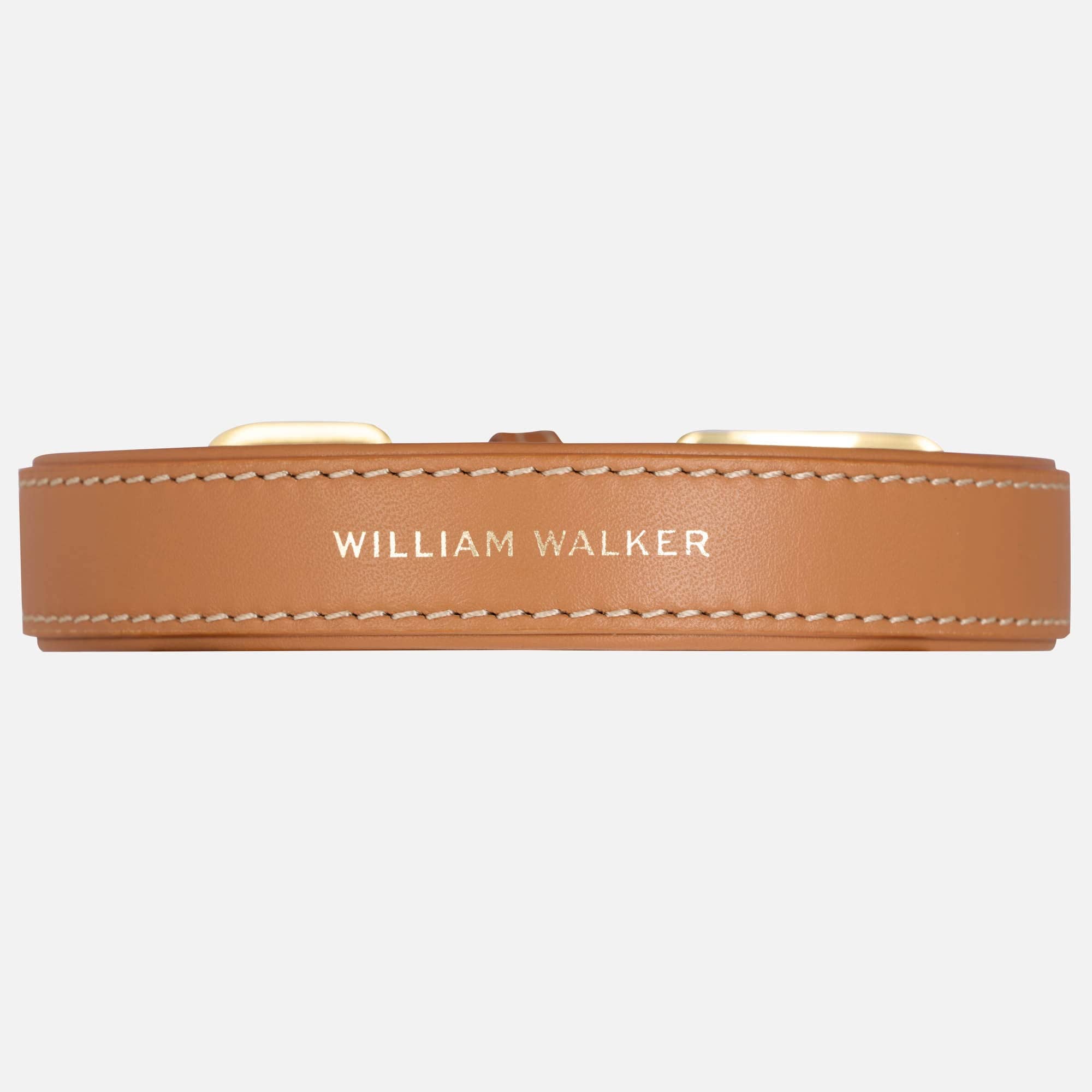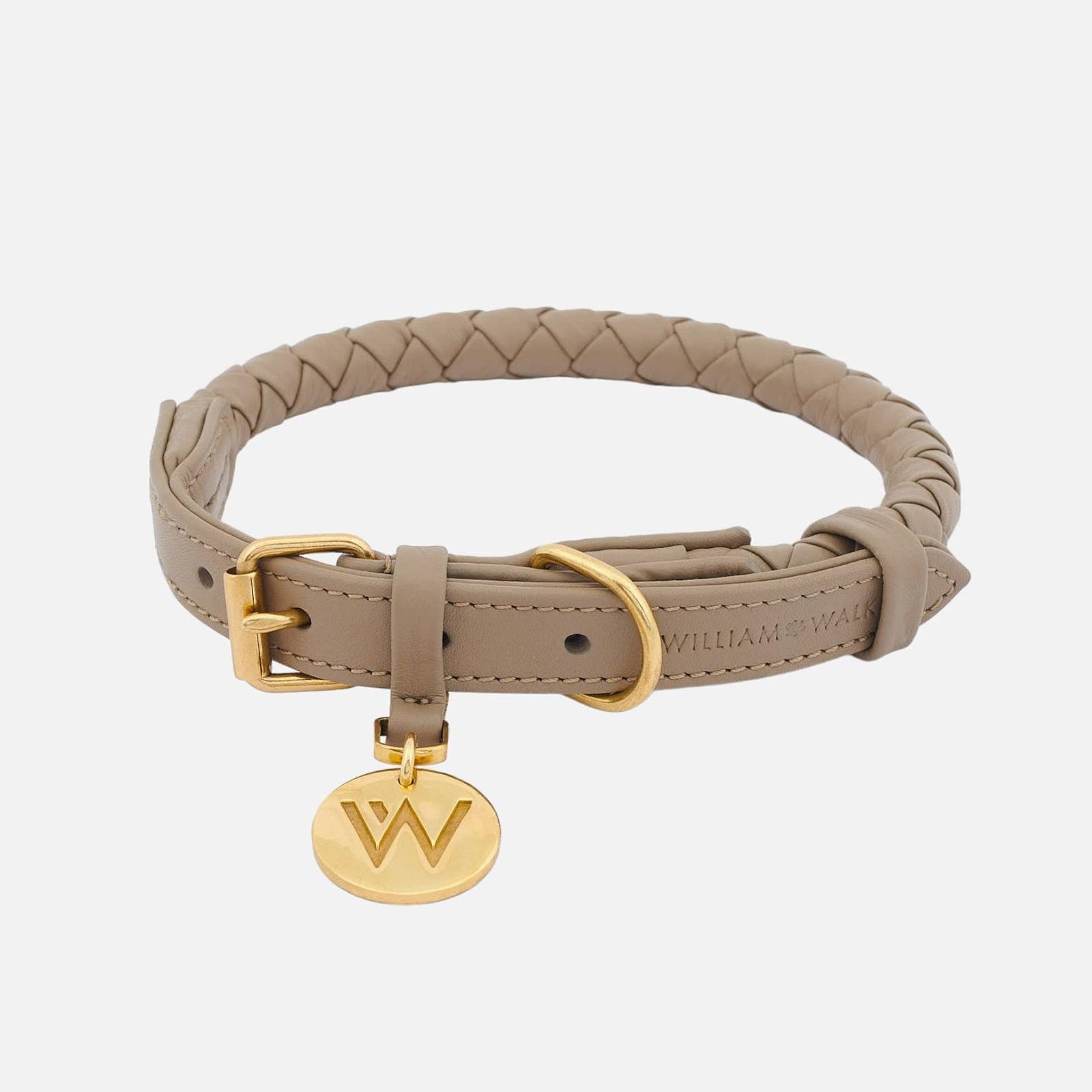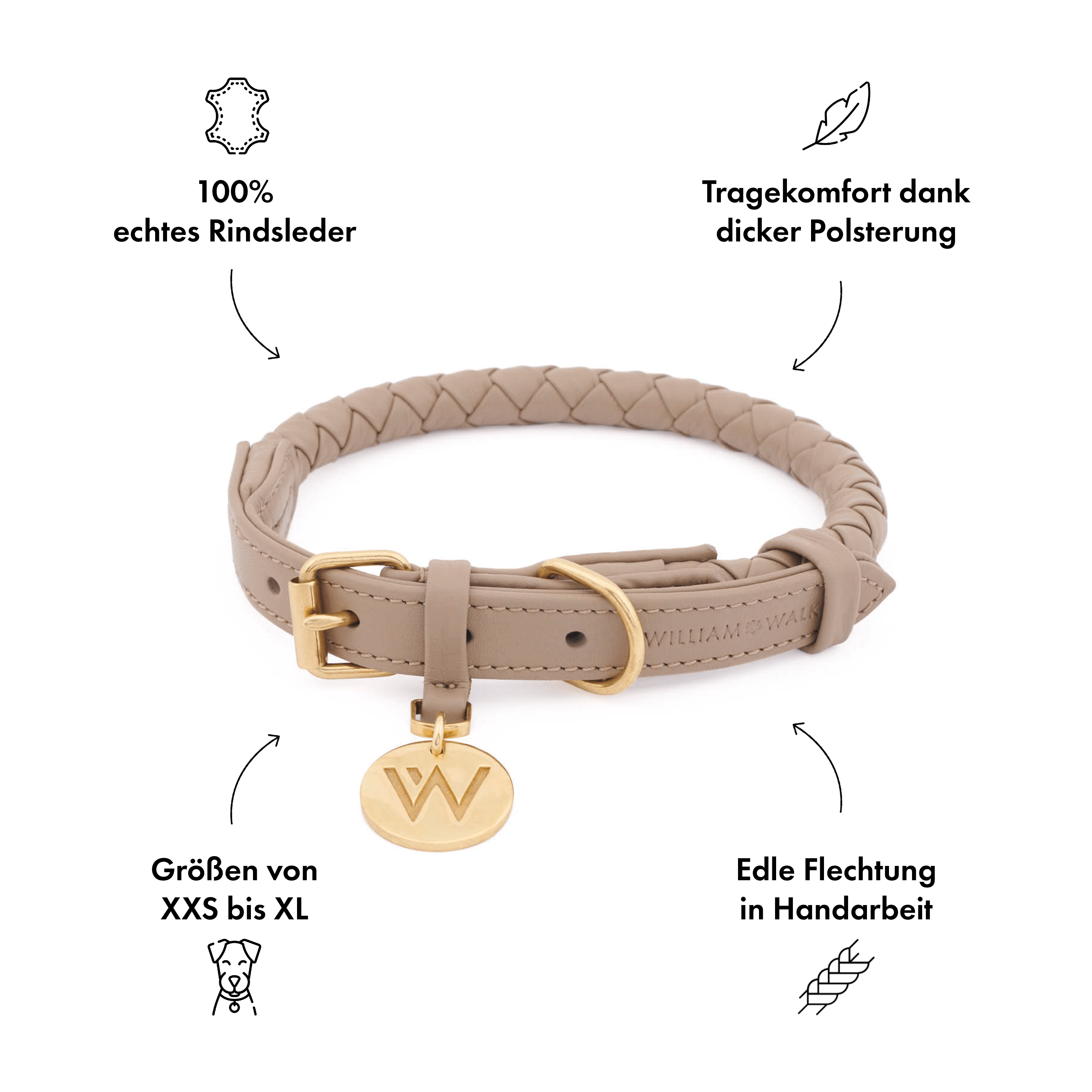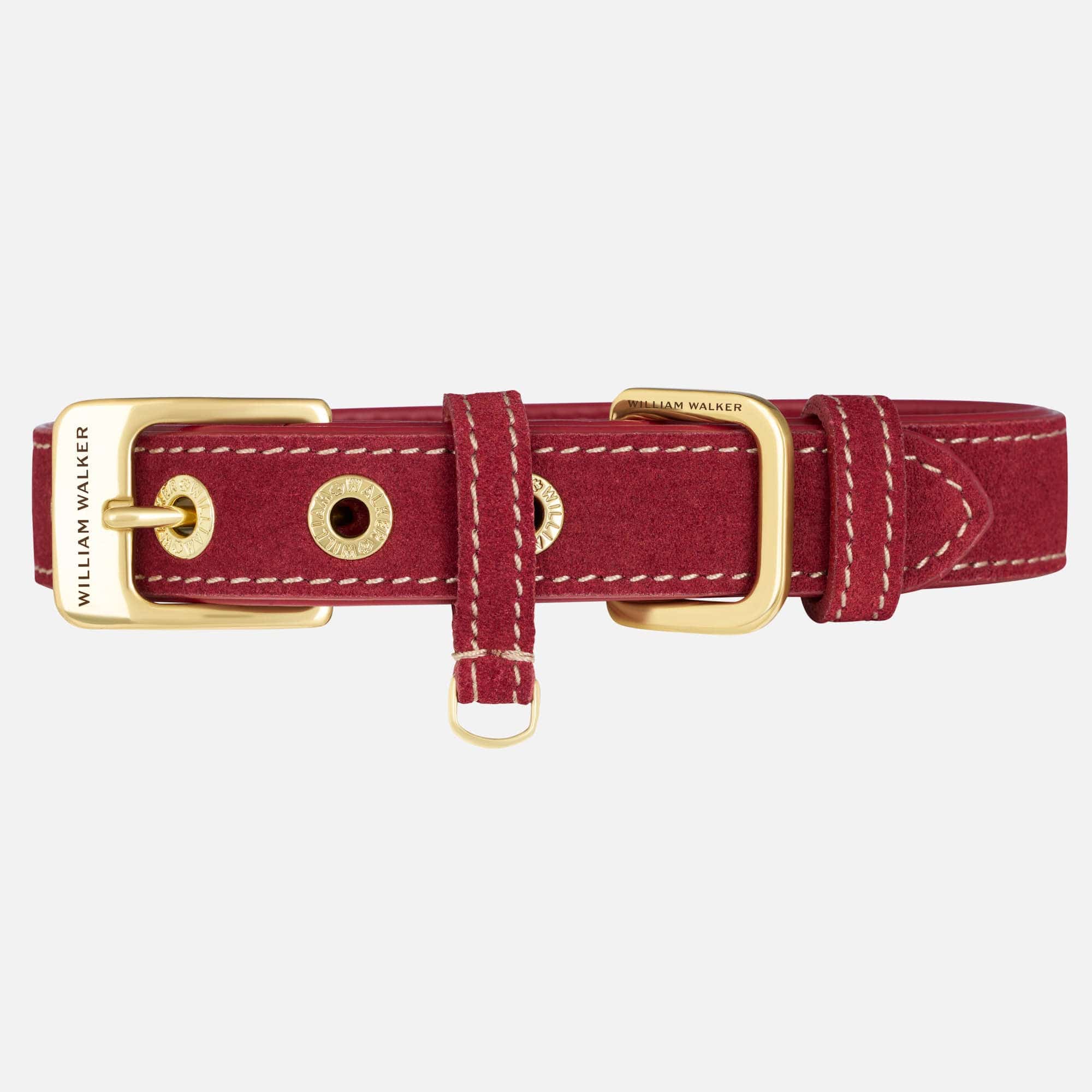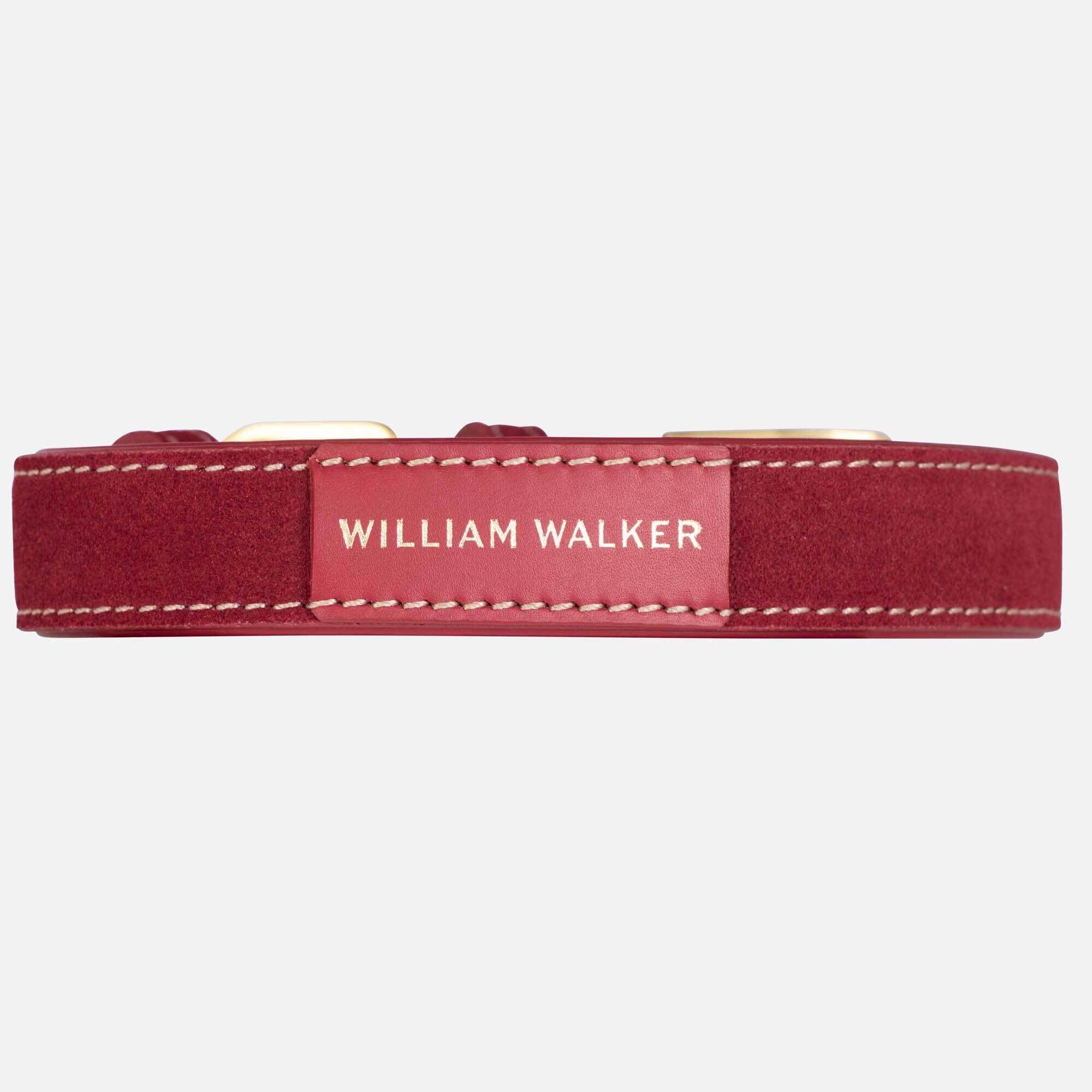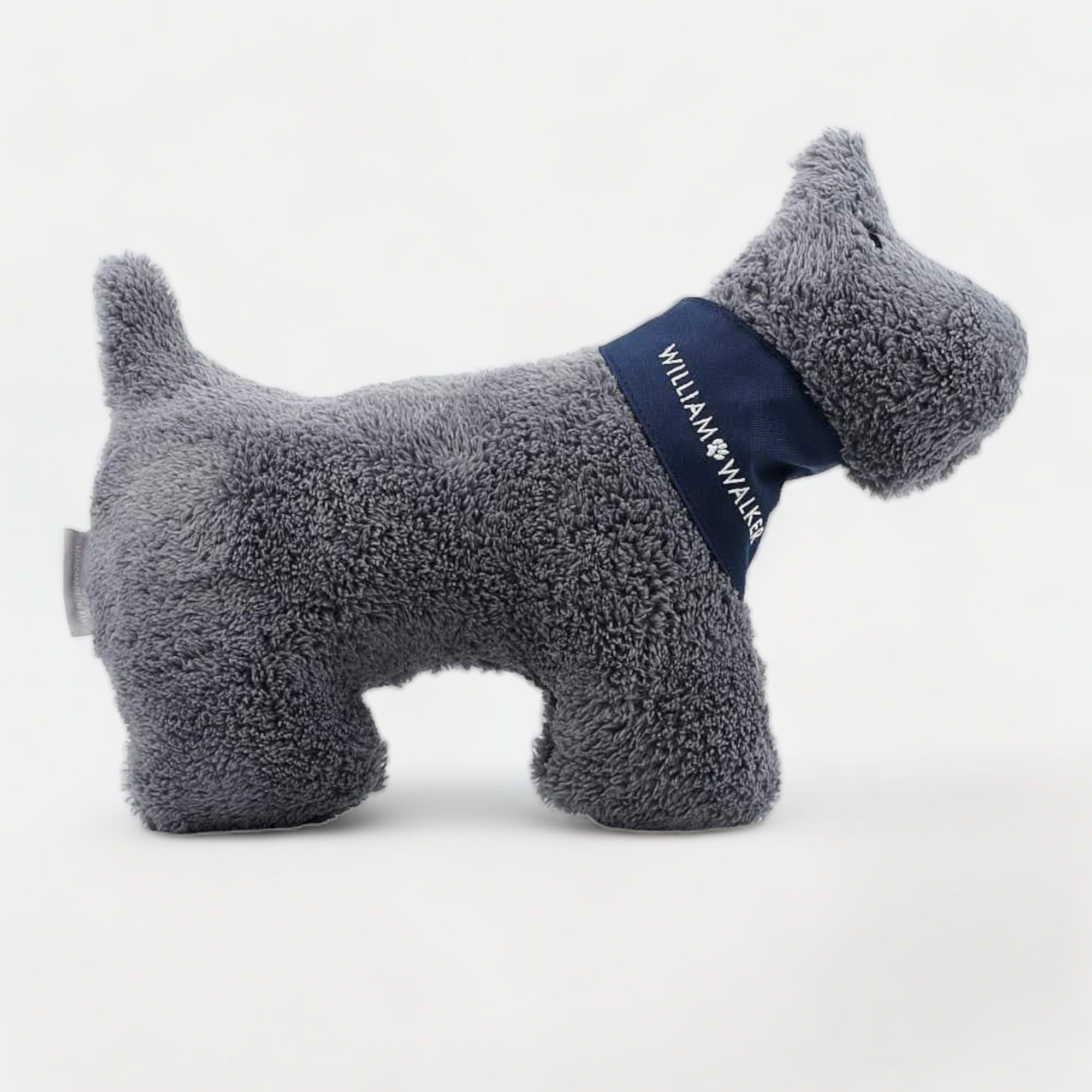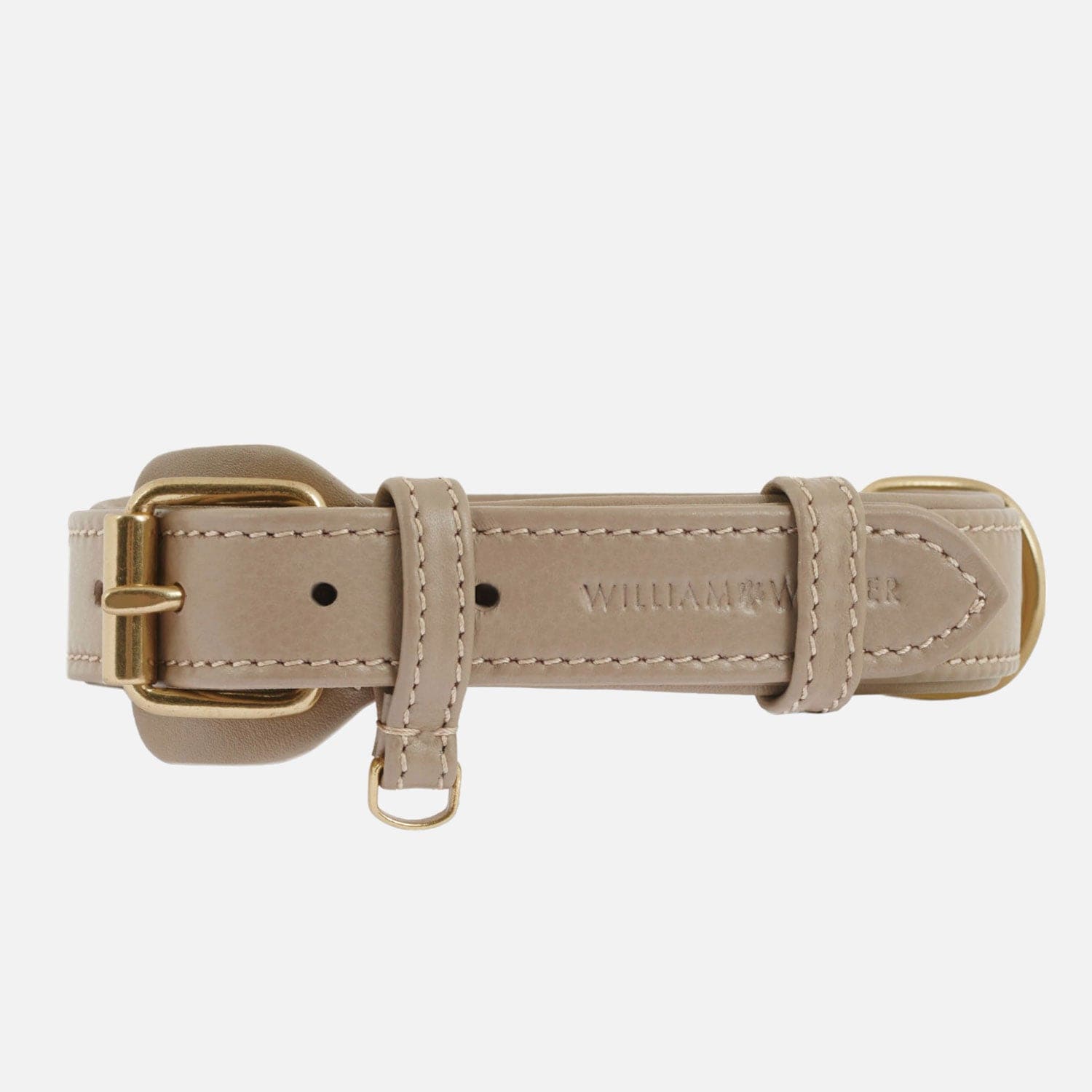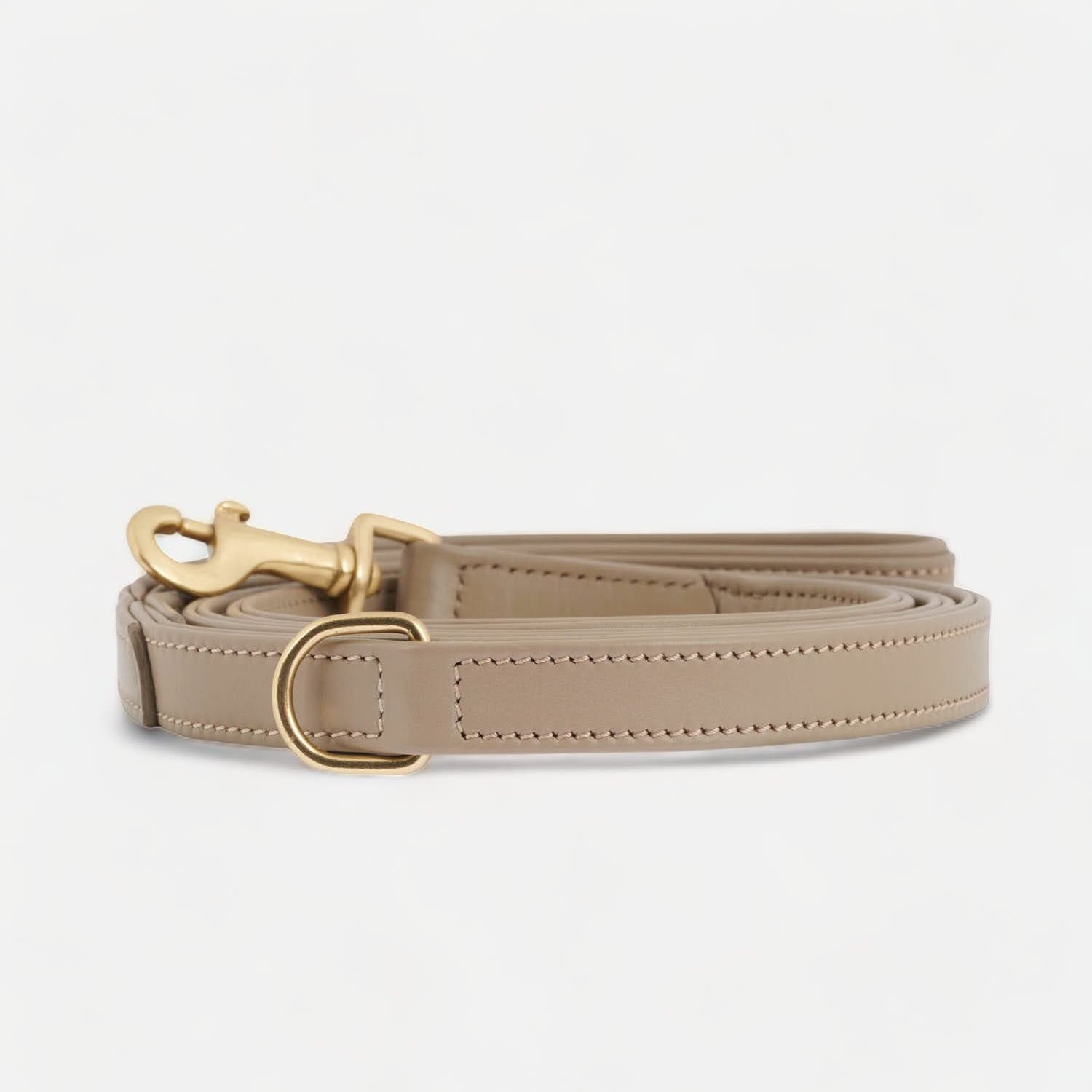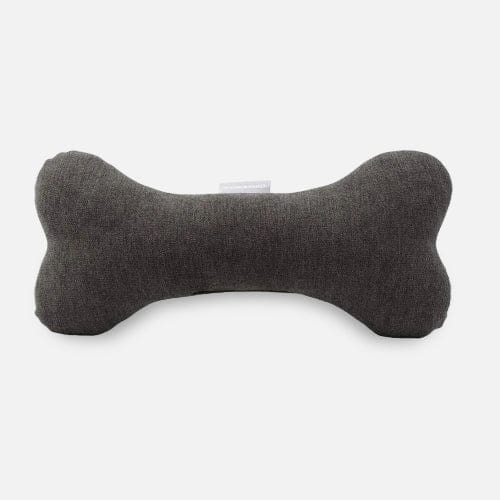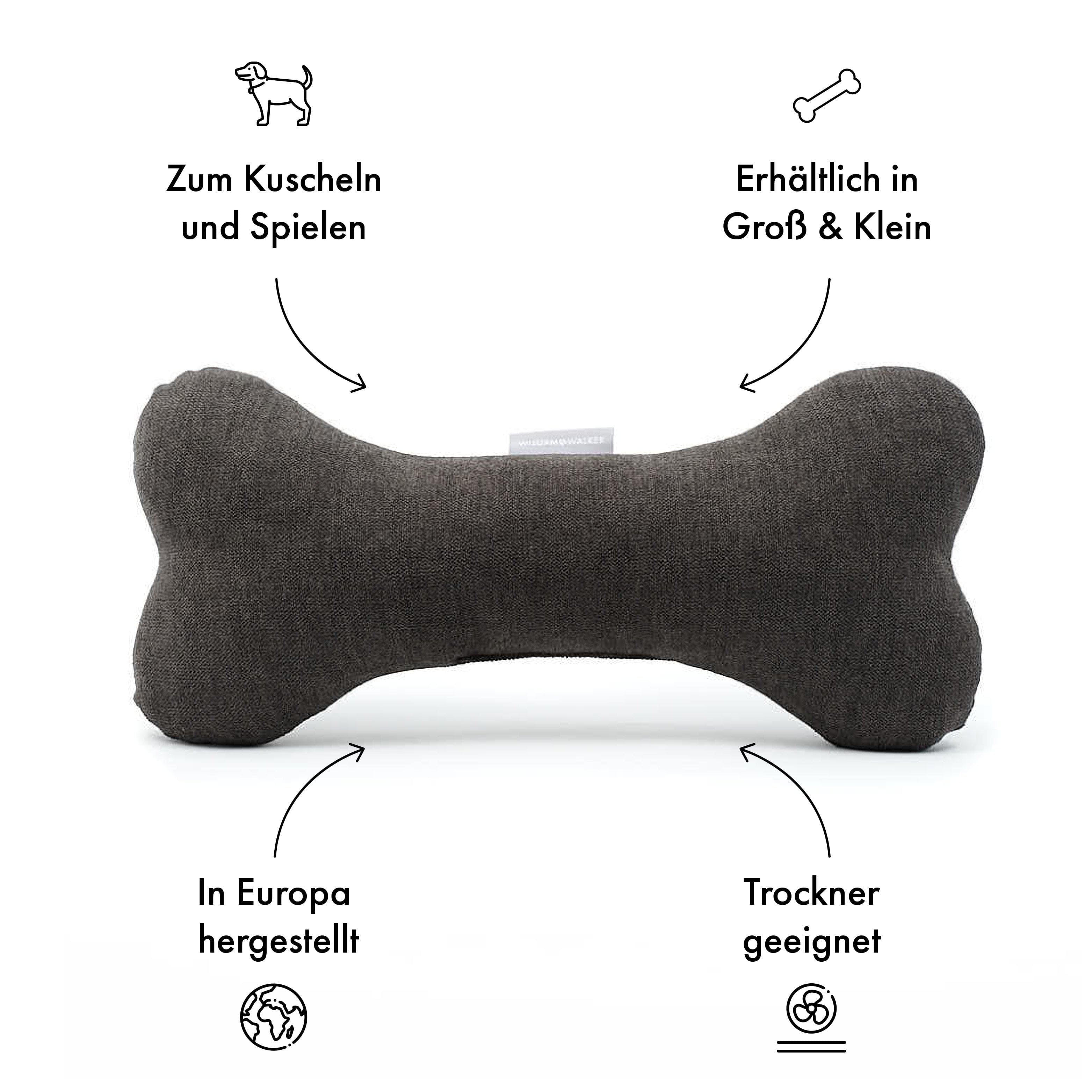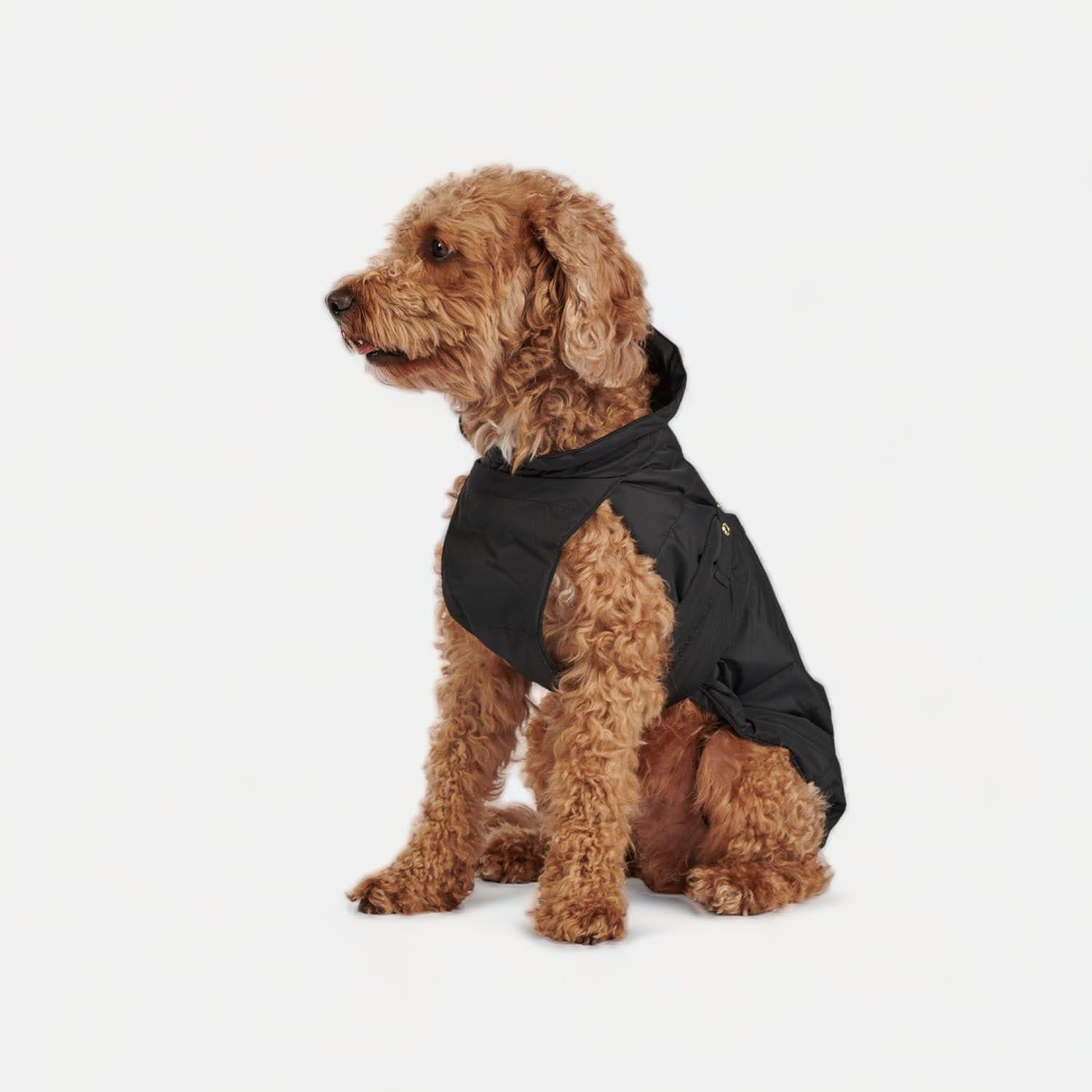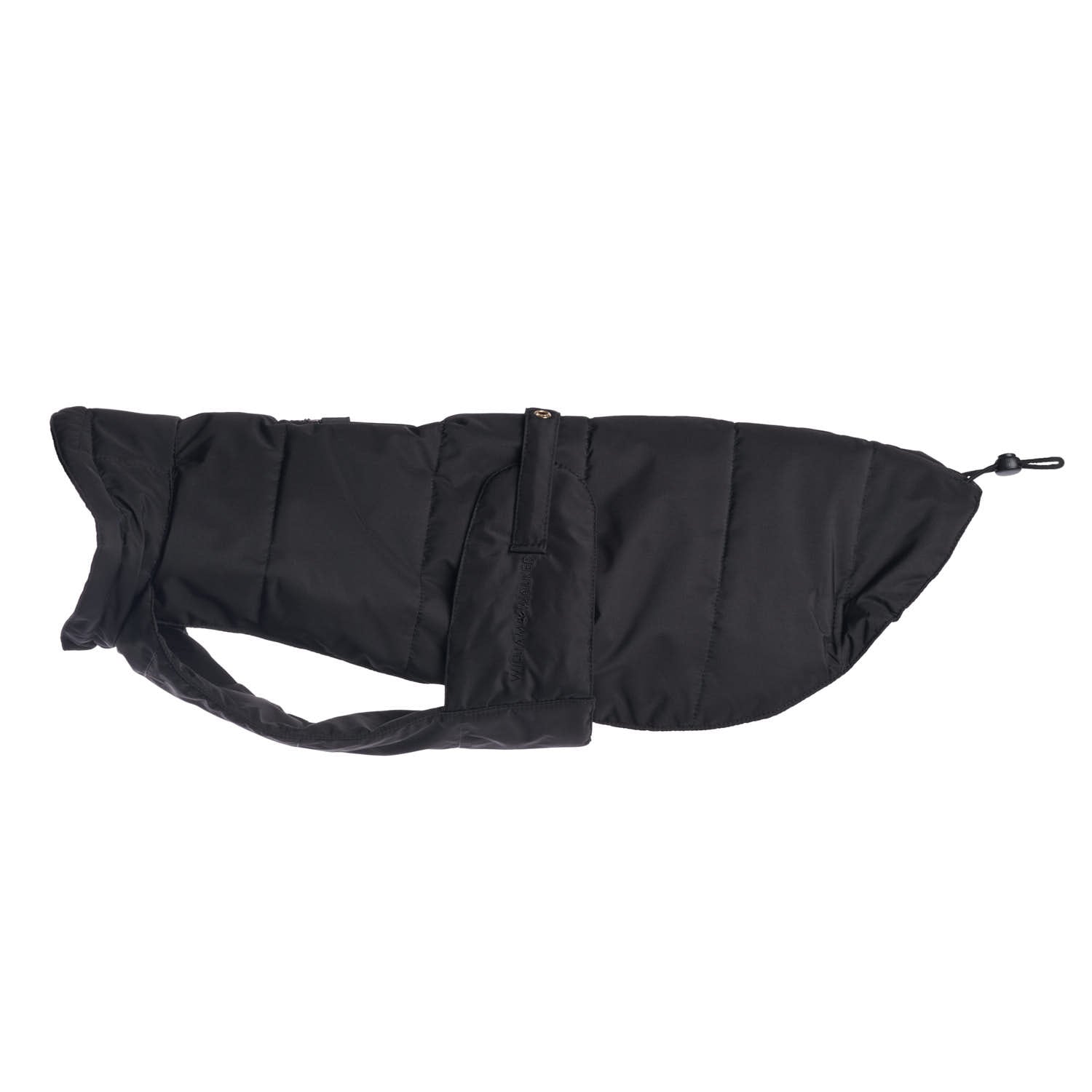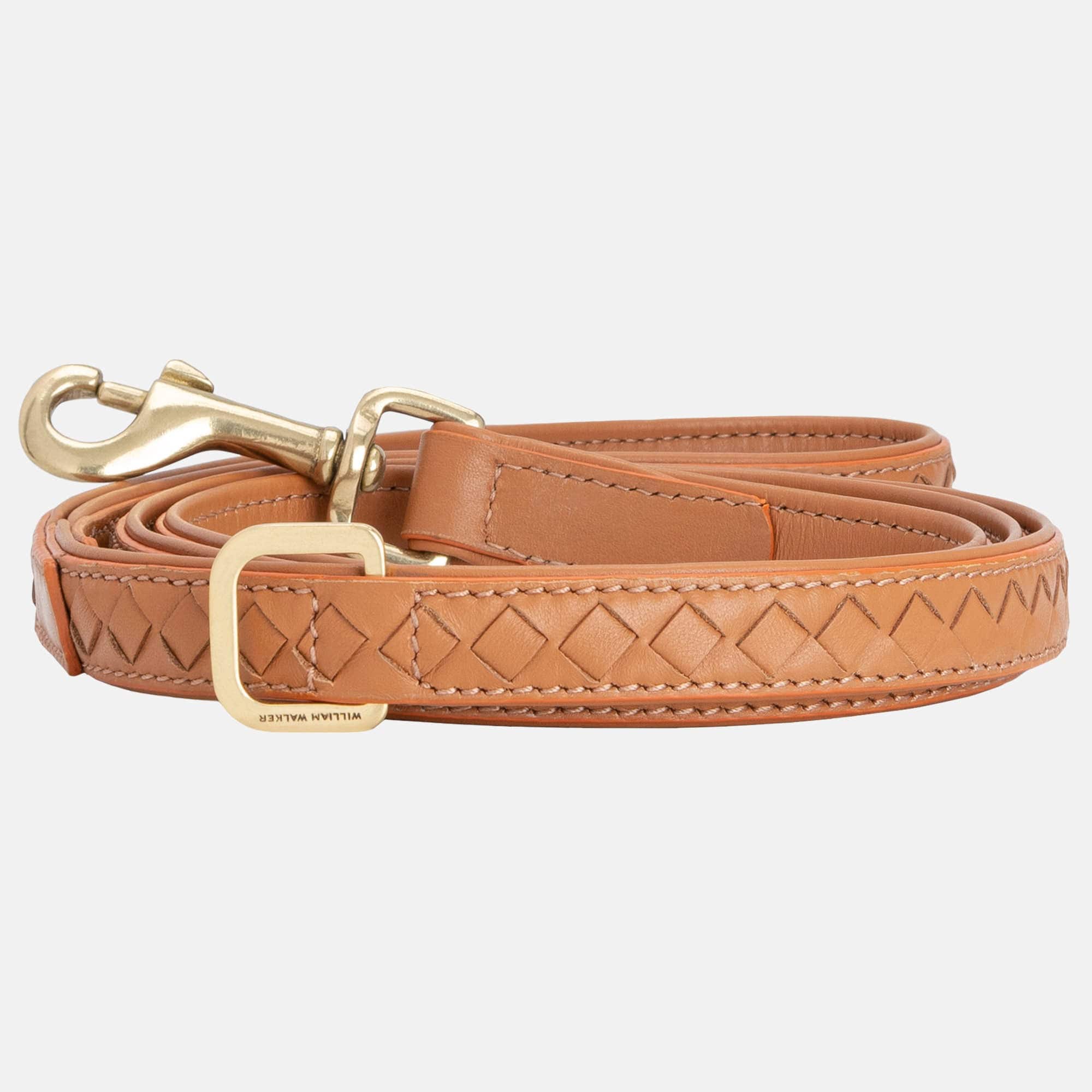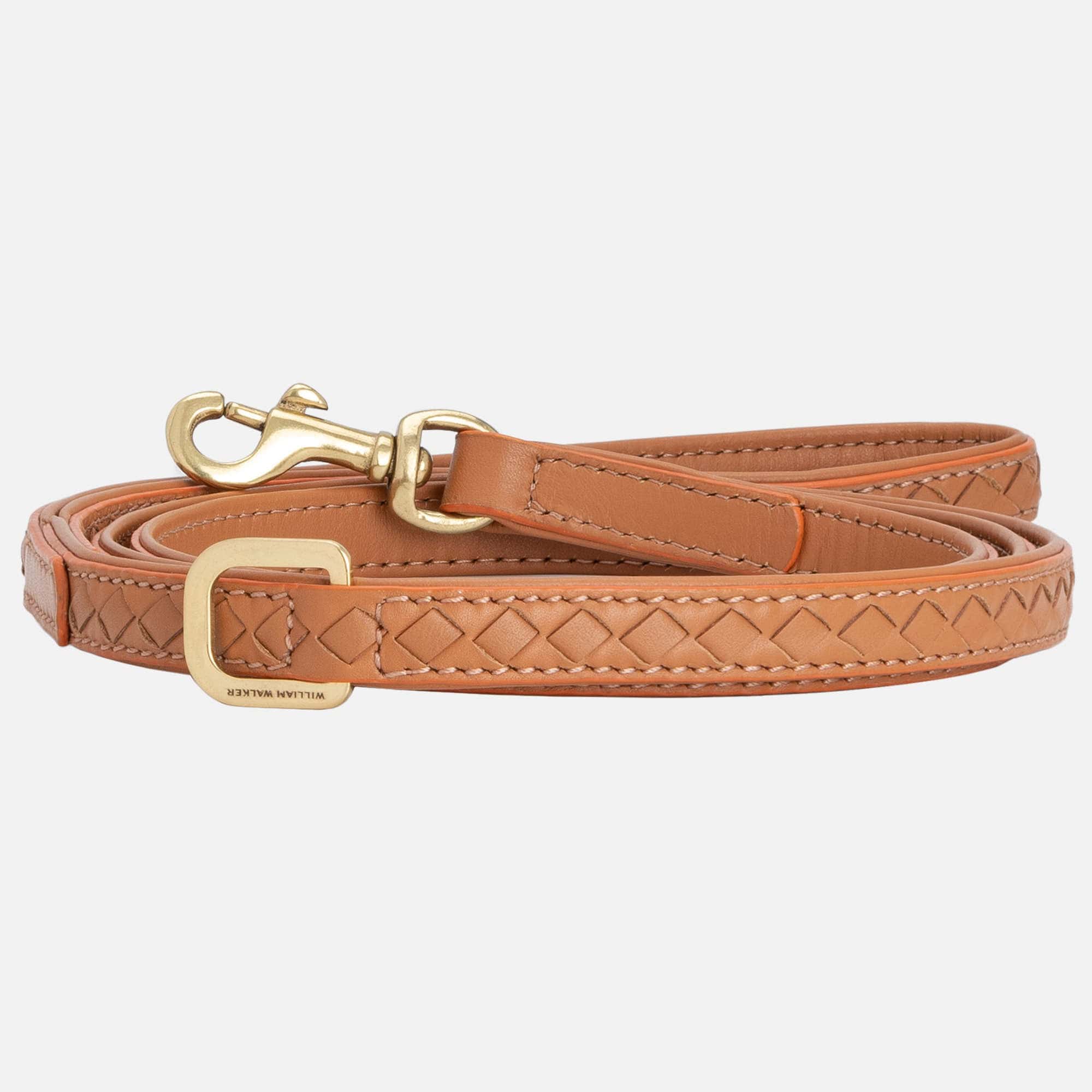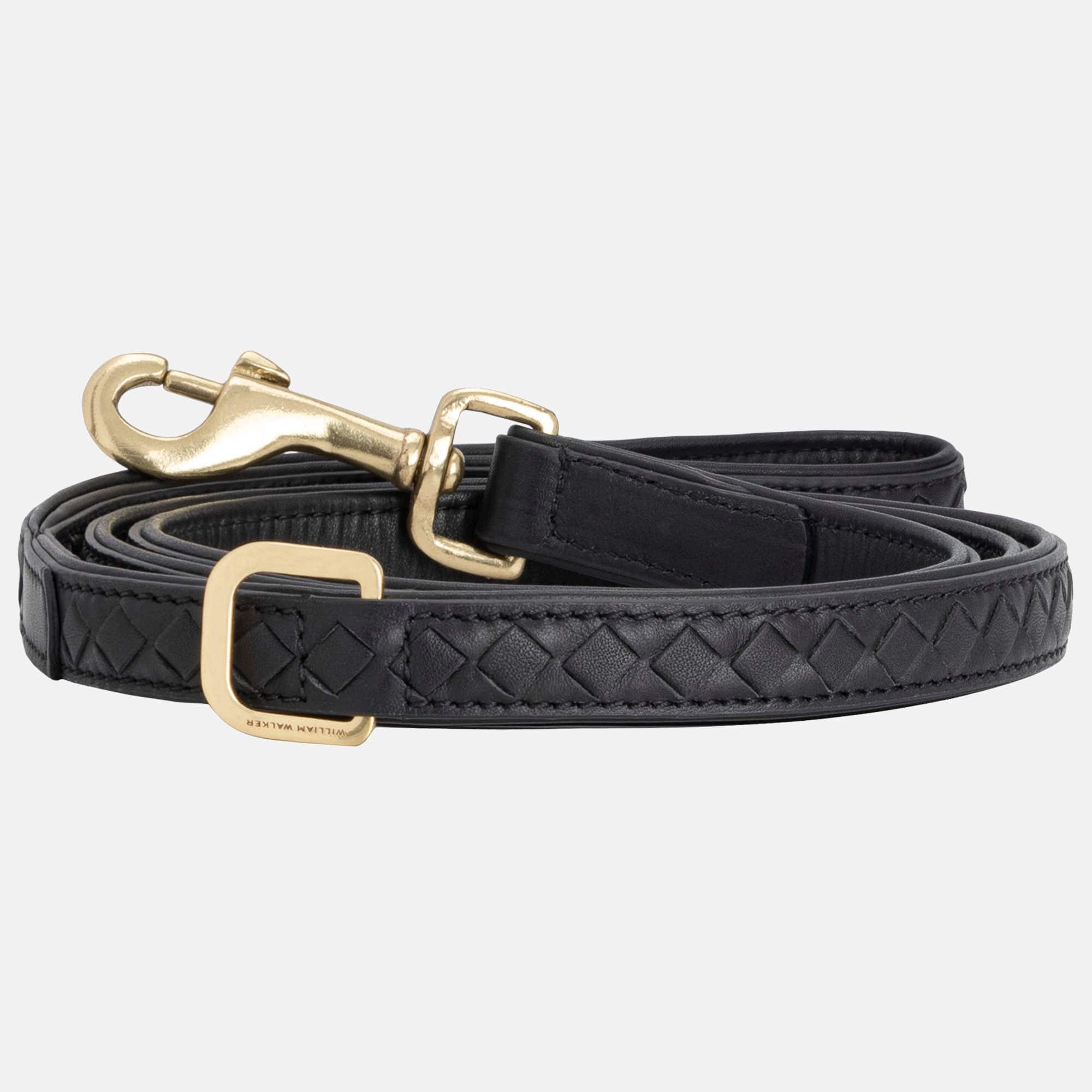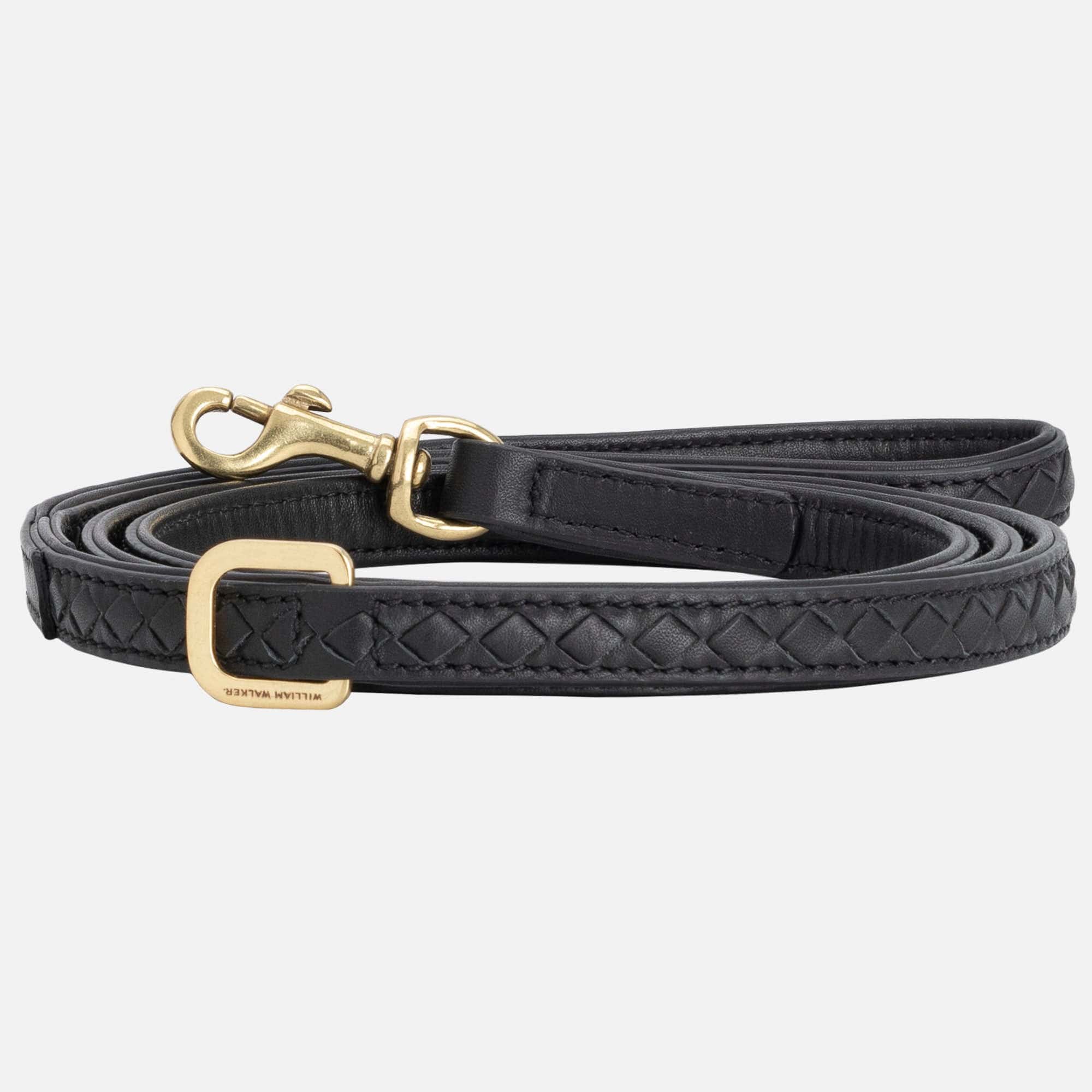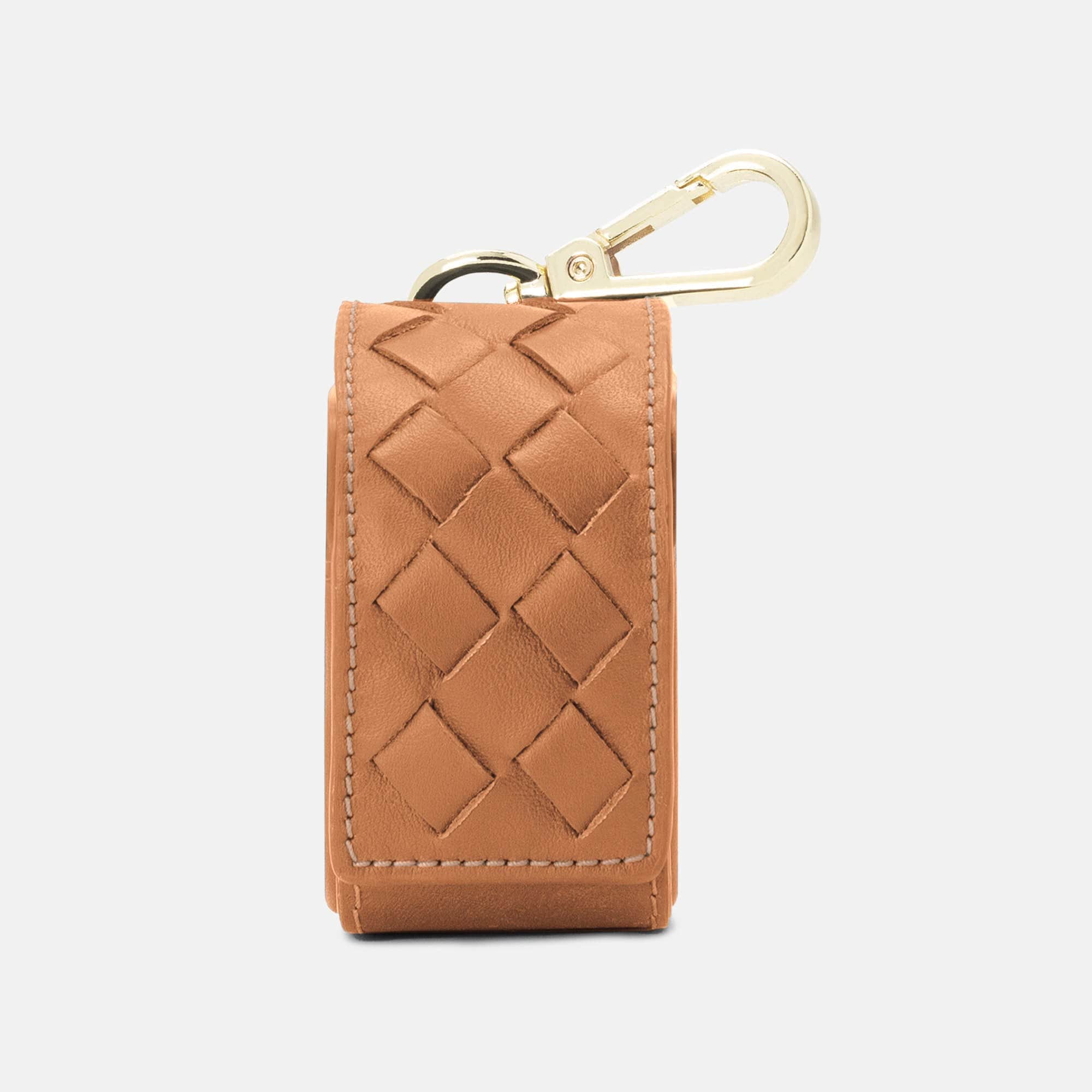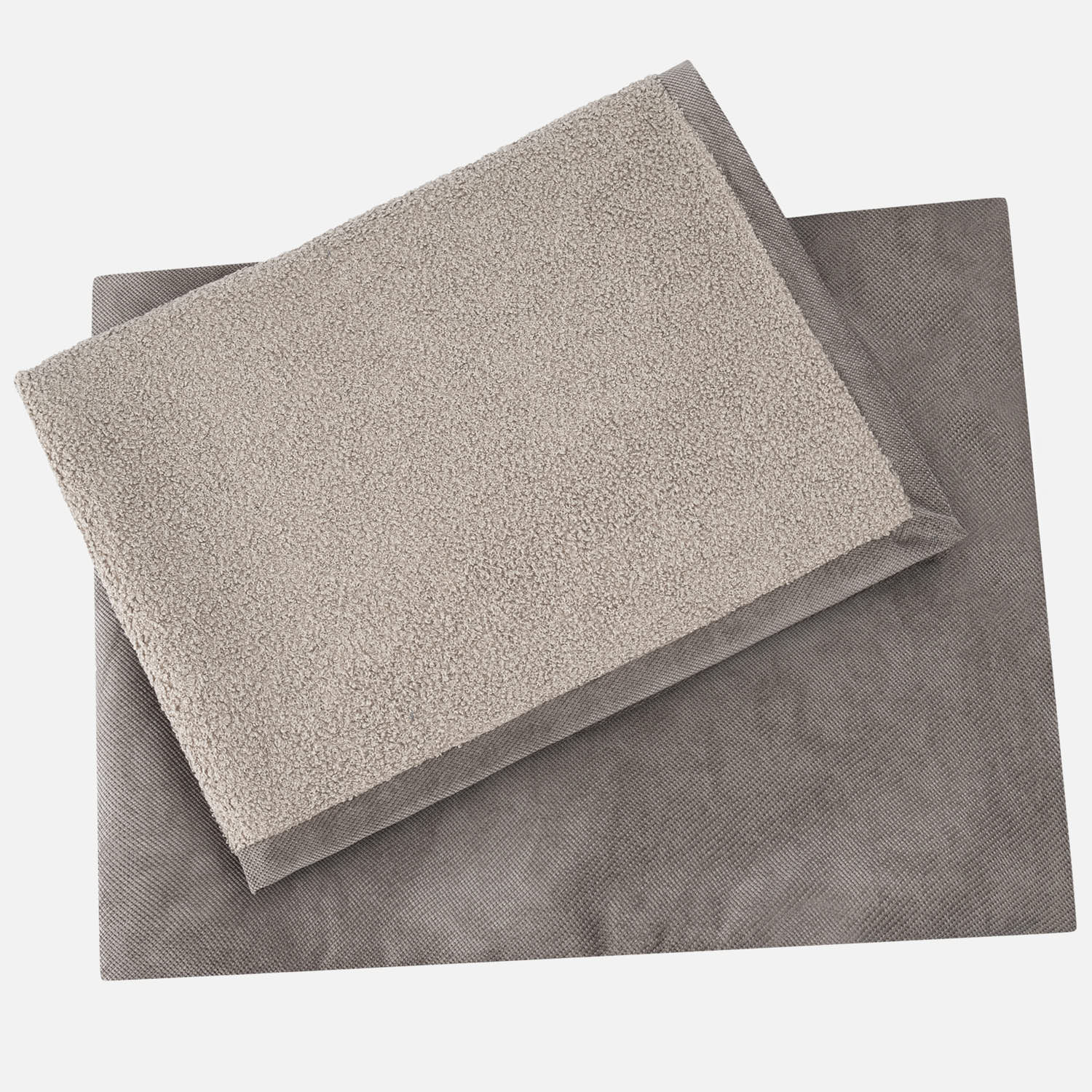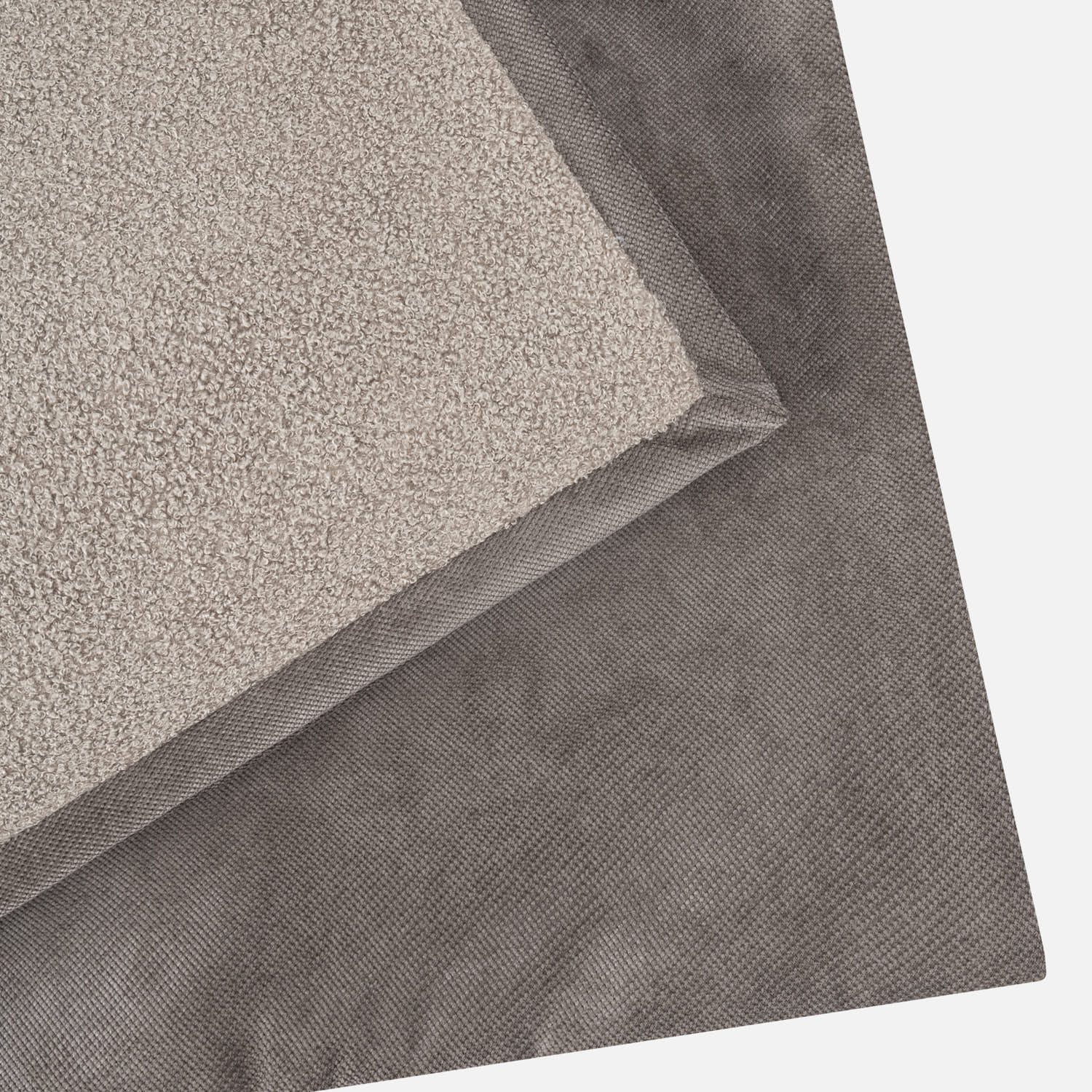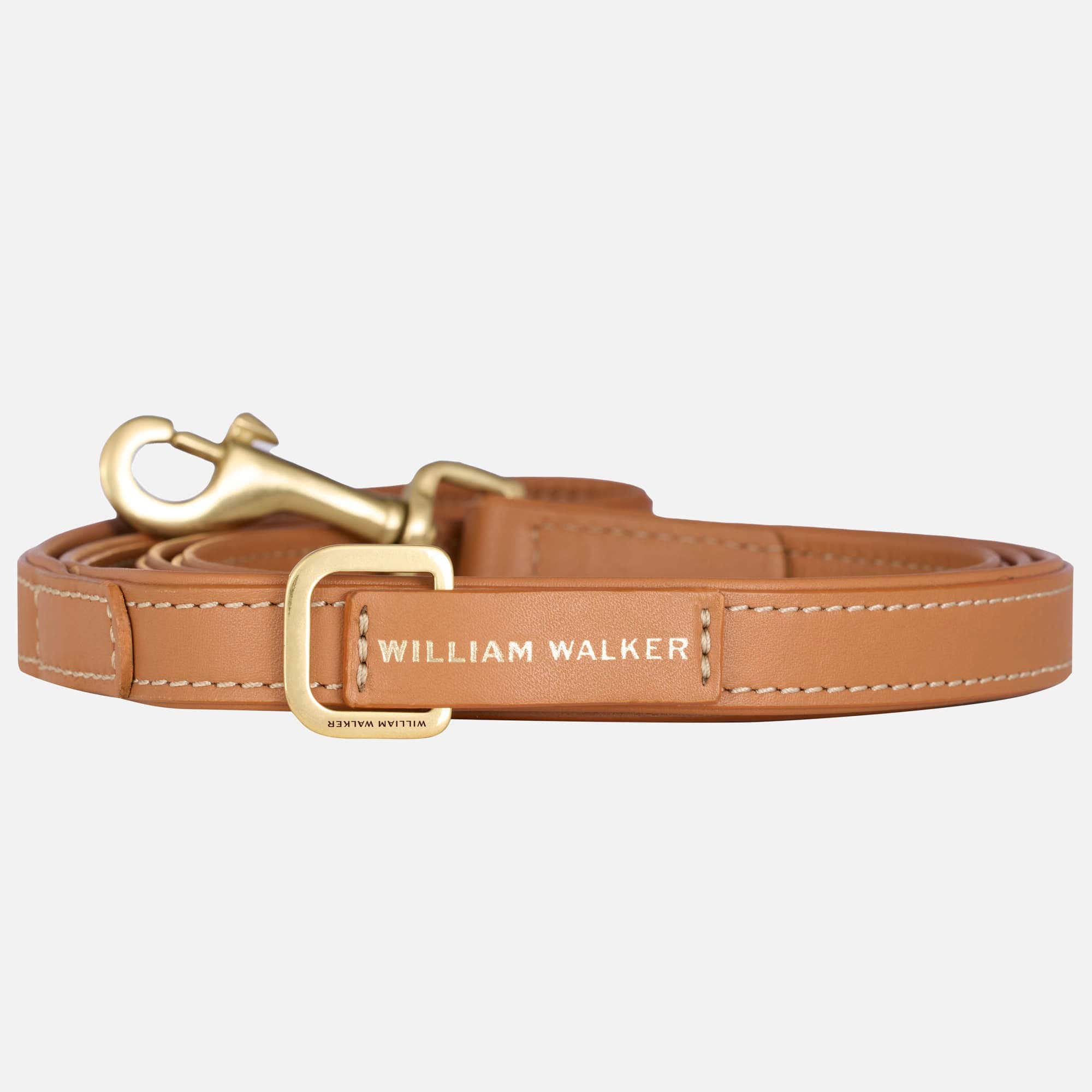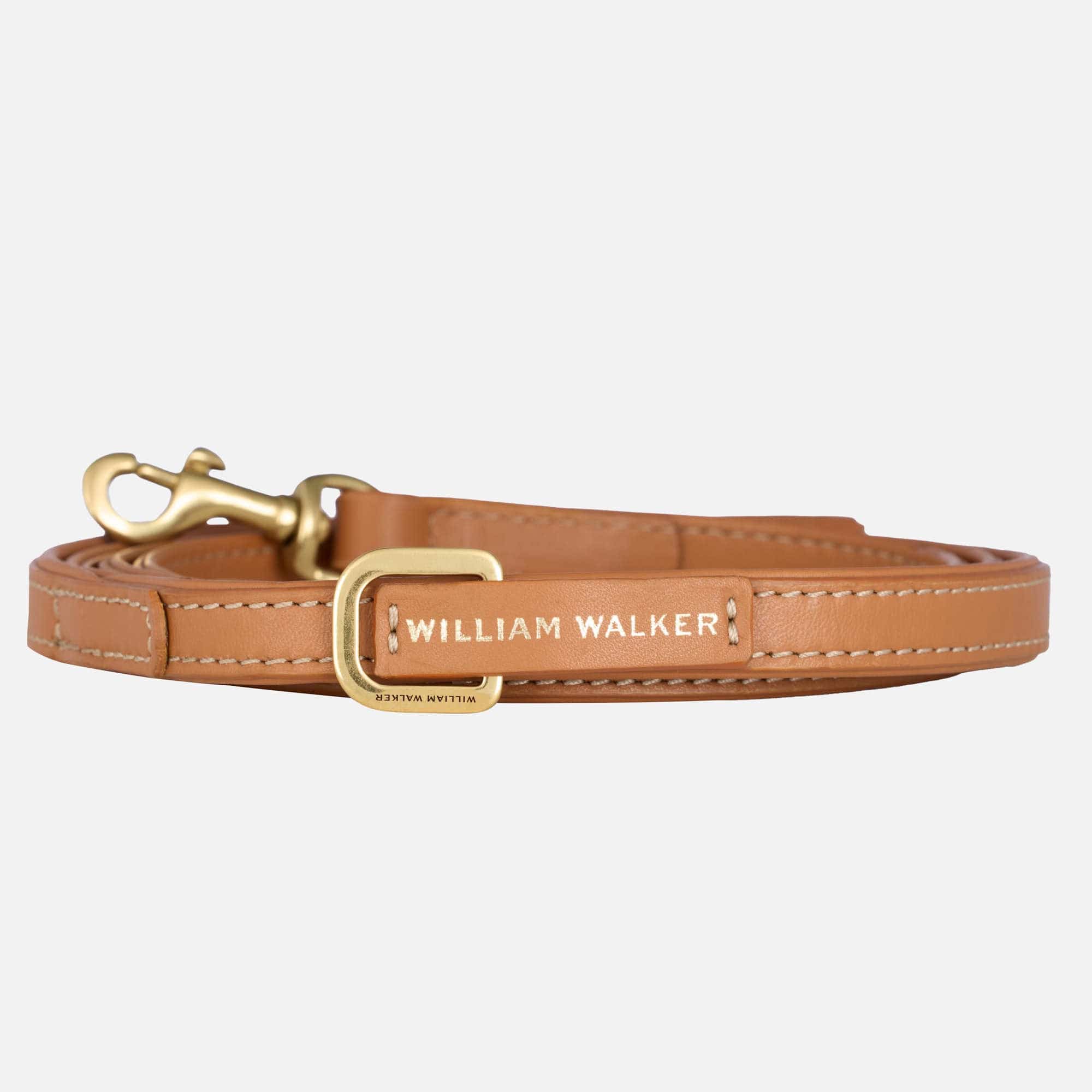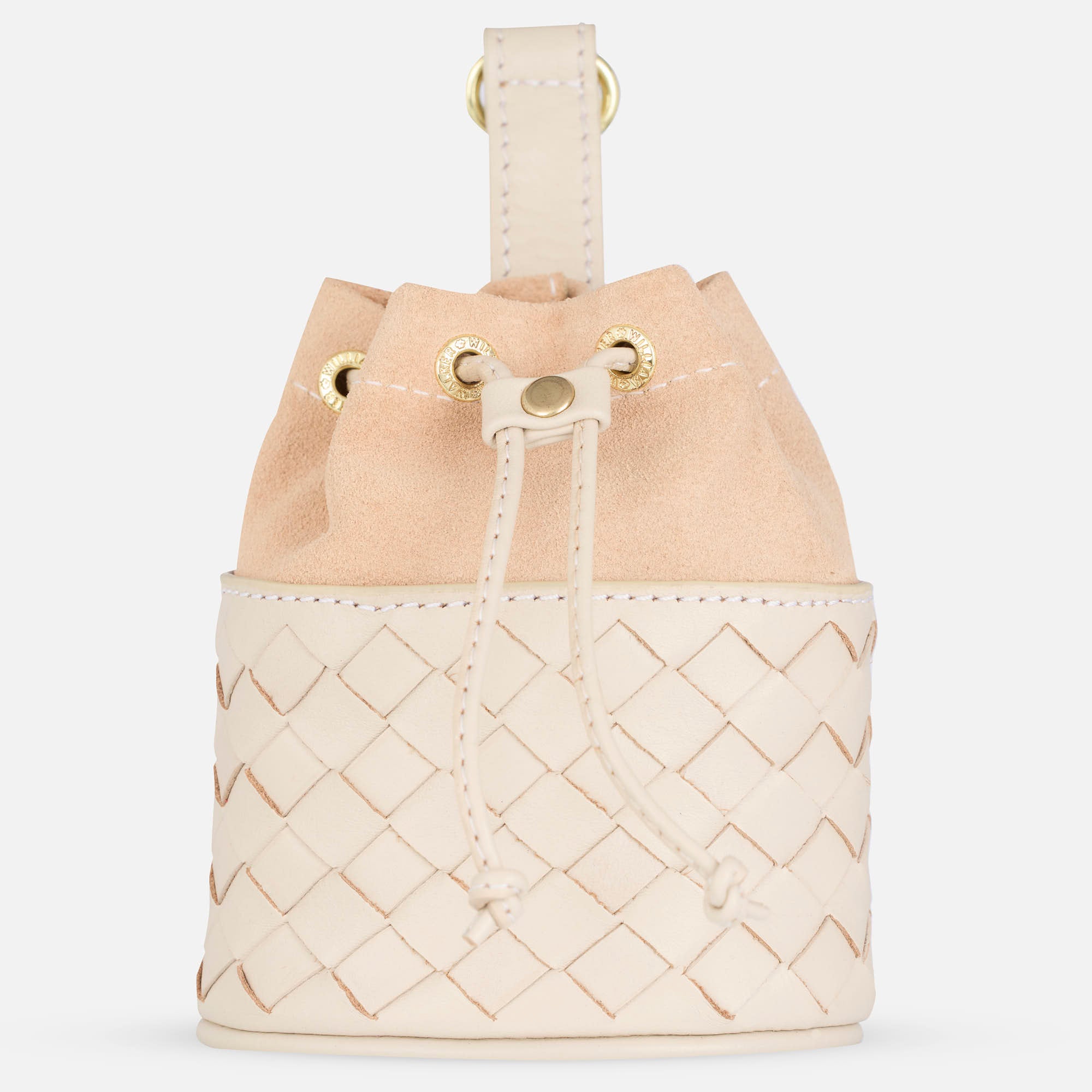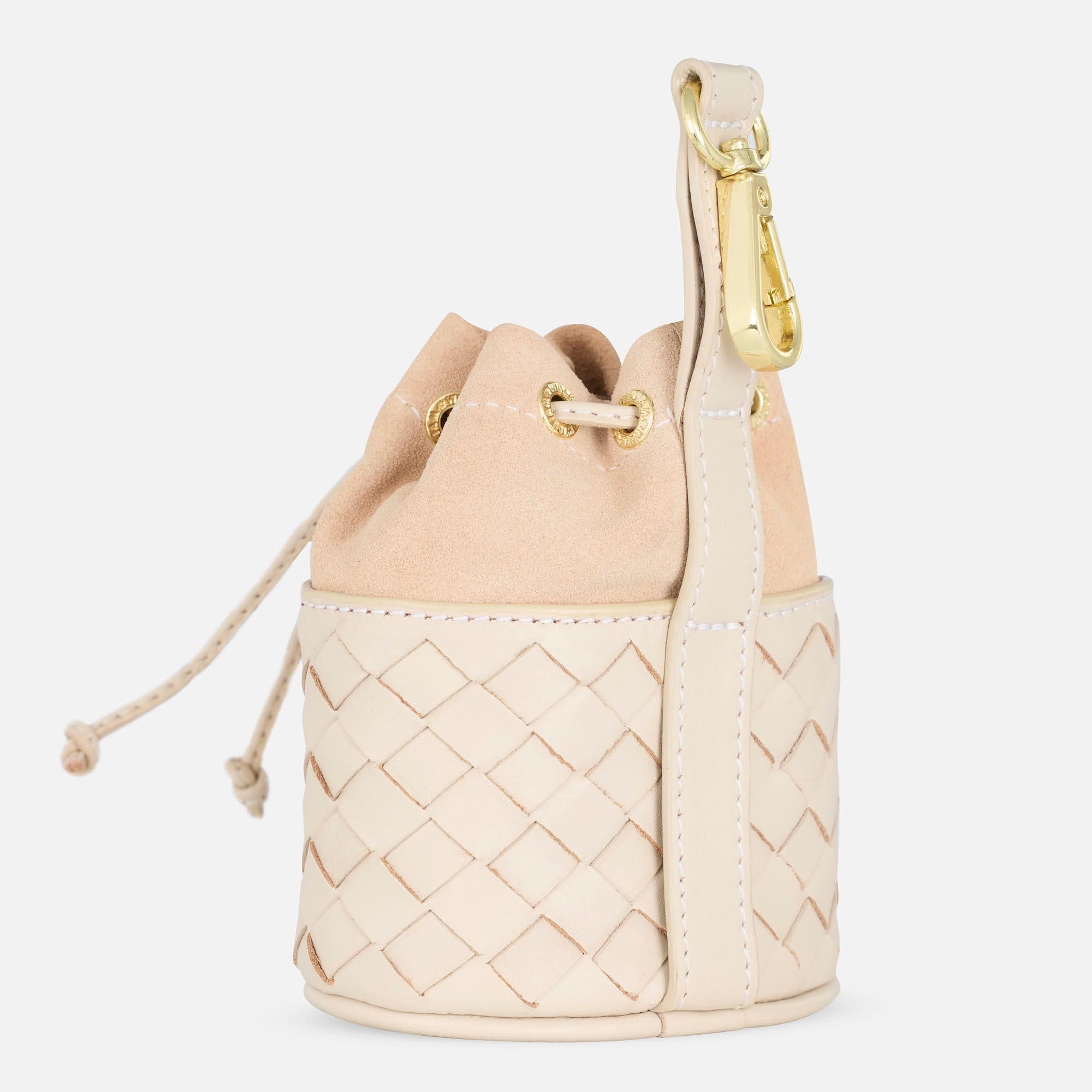Cosa significa esattamente "razza di cane"?
Una razza di cane è una selezione specifica e distinguibile di un cane domestico. La Fédération Cynologique Internationale (FCI) ha attualmente registrato e riconosciuto circa 370 razze canine diverse. L'organizzazione cinofila classifica le razze di cani in base all'aspetto e al carattere, suddividendole in gruppi e sezioni. Ci sono 10 gruppi FCI, tra cui il gruppo FCI 1: Cani da pastore e cani da conduzione e il gruppo FCI 3: Terrier.
Quale razza di cane fa per me?
Informarsi sulle diverse razze canine è fondamentale quando si desidera accogliere un amico a quattro zampe. Quale cane fa per me? Questa è la domanda cruciale quando si acquista un cane. Non deve necessariamente trattarsi di un cucciolo di razza pura, poiché anche i meticci dei canili possono darci indicazioni sulle varie combinazioni di razza, ad esempio se il cane crescerà molto o potrebbe avere un istinto di caccia. Tuttavia, non solo la razza e le sue caratteristiche determinano lo sviluppo e il comportamento del cane, ma anche l'educazione e la socializzazione.
Il Grande Danese – Il gigante affettuoso

Peso: 45 - 90 kg
Altezza al garrese: 72 - 86 cm
Expectativa di vita: 6 - 8 anni
Colori: giallo, tigrato, bianco e nero, nero, blu
Assegnazione: FCI gruppo 2: Pinscher e Schnauzer – Molossoidi – Cani da montagna svizzeri
Storia e origine del Grande Danese
Contrariamente a quanto suggerisce il nome, l'origine del Grande Danese è solo parzialmente tedesca. Già nel XVI secolo, in Inghilterra, si crede che sia stata effettuata una selezione incrociando i mastini con i levrieri irlandesi, dando vita ai danesi. Anche sulle tavolette di pietra dell'antichità sono già stati trovati cani simili ai danesi. I levrieri e i cani da caccia sono stati incrociati nel continente europeo per supportare i nobili cacciatori nella caccia a orsi e lupi. Attraverso vari incroci sono emerse tre varianti del danese: il danese comune, il danese inglese e il danese danese. Il Grande Danese discende dalla variante danese e viene ancora oggi chiamato "grande danese" in alcune lingue. Secondo analisi genetiche, gli antenati del Grande Danese sono levrieri e molossoidi. Nel 1888 è stato fondato a Berlino il primo club per i danesi. Questo è il più antico club di allevamento canino in Germania. Oggi, il Grande Danese unisce l'eleganza e la velocità dei levrieri con la forza e la calma dei molossoidi. Oggi i danesi partecipano meno alla caccia e vengono tenuti come protettori della casa e della famiglia.
Si vuole sottolineare che il Grande Danese è soggetto a malattie comuni. DKM (cuore), torsione gastrica, sindrome di Wobbler, displasia dell'anca, displasia del gomito, spondilosi e allergie. Inoltre, a causa dell'allevamento intensivo e della selezione unilaterale incentrata sull'aspetto, in alcuni individui può manifestarsi aggressività, creando forti e talvolta addirittura irrisolvibili problemi nell'educazione. Si desidera sottolineare che questa razza di cane è spesso soggetta a allevamenti intensivi. È quindi particolarmente importante informarsi prima, ad esempio con l'aiuto di un club di razza, sulla serietà dei diversi allevatori.
Carattere e natura del gigante gentile
Così grande è il Grande Danese, così grande è anche il suo cuore. Questa razza è considerata particolarmente amichevole e affettuosa e risulta molto attaccata. Questa simpatia è però inizialmente limitata alle persone a lui più vicine, soprattutto ai bambini. Nei confronti di estranei o persone sconosciute, il Grande Danese non è affatto aggressivo o scortese, ma è inizialmente solo riservato e cauto. Il Grande Danese è un eccellente cane da famiglia, che protegge i suoi cari e la sua casa. Ama fare passeggiate equilibrate con le persone a lui care, durante le quali ama anche annusare e salutare altri cani, ma non ha grandi pretese al riguardo. Attraverso il movimento equilibrato, durante le passeggiate, vengono allenati cuore, polmoni, circolazione e muscoli, aumentando l'aspettativa di vita del danese.
Educazione del Grande Danese
Il danese è adatto anche ai principianti, poiché è molto affettuoso e di buon cuore. La disciplina, l'addestramento e le regole sono importanti, soprattutto durante la fase di cucciolo, ma per il danese, a causa della sua enorme taglia, sono fondamentali. Il Grande Danese ha la propria testa e talvolta cerca di ignorare i comandi del suo padrone, testando i confini. Il "desiderio di compiacere", posseduto da cani come il Pastore Australiano, non è particolarmente pronunciato nei grandi giganti. Tuttavia, il Grande Danese può essere educato bene con dolce fermezza.
Gestione del Grande Danese
Per la gestione del Grande Danese, come si può immaginare per la sua taglia, è necessario molto spazio. Affinché il danese non si senta oppresso, è necessaria una grande abitazione con accesso a un giardino o un terreno. Pertanto, le scale dovrebbero essere ridotte al minimo, poiché il grande animale è suscettibile a lesioni articolari. Idealmente, la razza non dovrebbe essere lasciata troppo a lungo da sola dai suoi proprietari. La vicinanza ai suoi cari è particolarmente importante per il Grande Danese.
Consigli di moda per il Grande Danese
Il Grande Danese è un cane di particolare eleganza e impressionante presenza. Per riflettere questa eleganza anche a casa, consigliamo il nostro letto per cani The Cloud nella taglia XL. Il letto per cani non è solo particolarmente robusto e durevole, ma è anche molto confortevole e, grazie all'alta capacità di ritorno elastico, evita che il cane affondi, rendendolo così adatto ai dolci giganti.



























